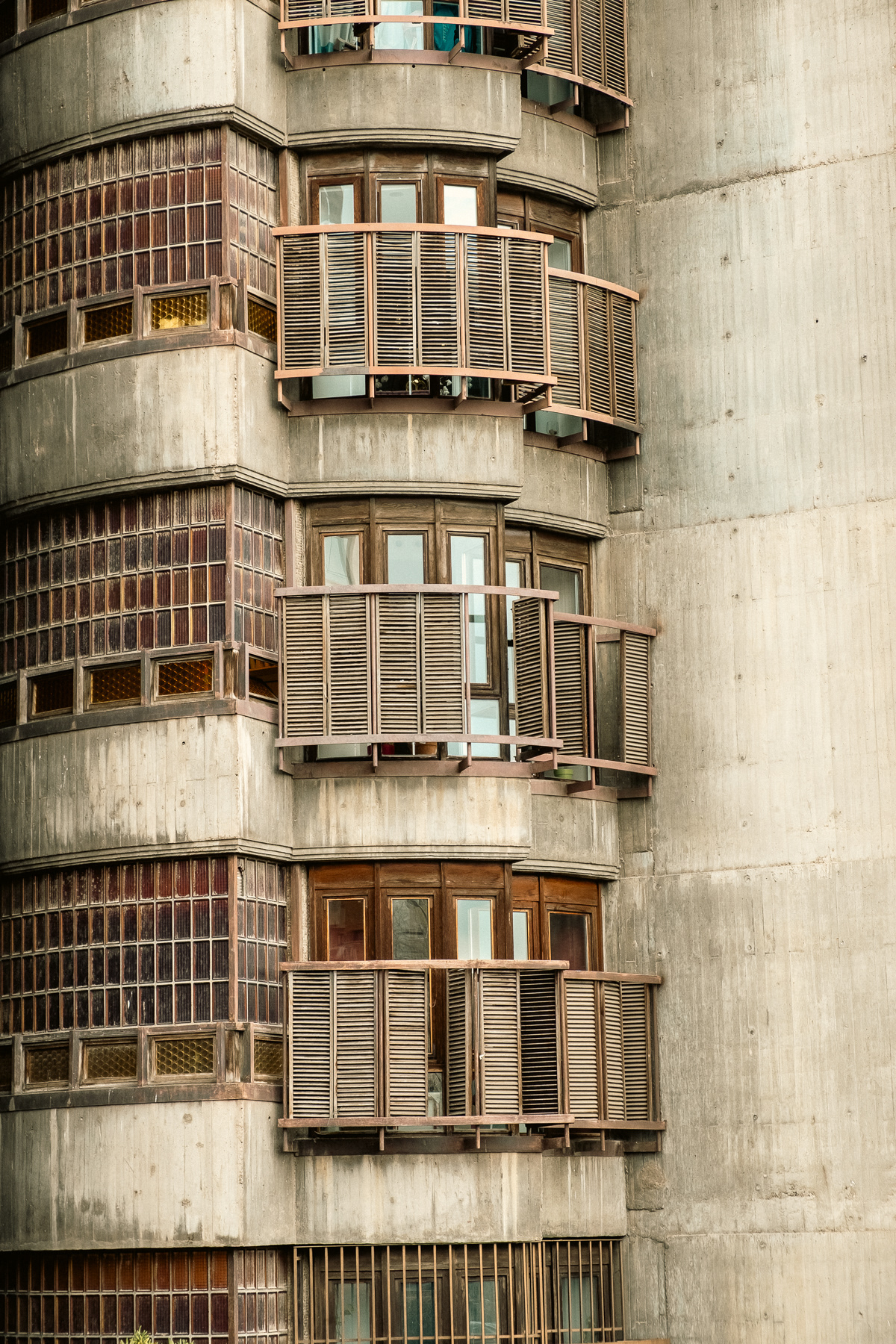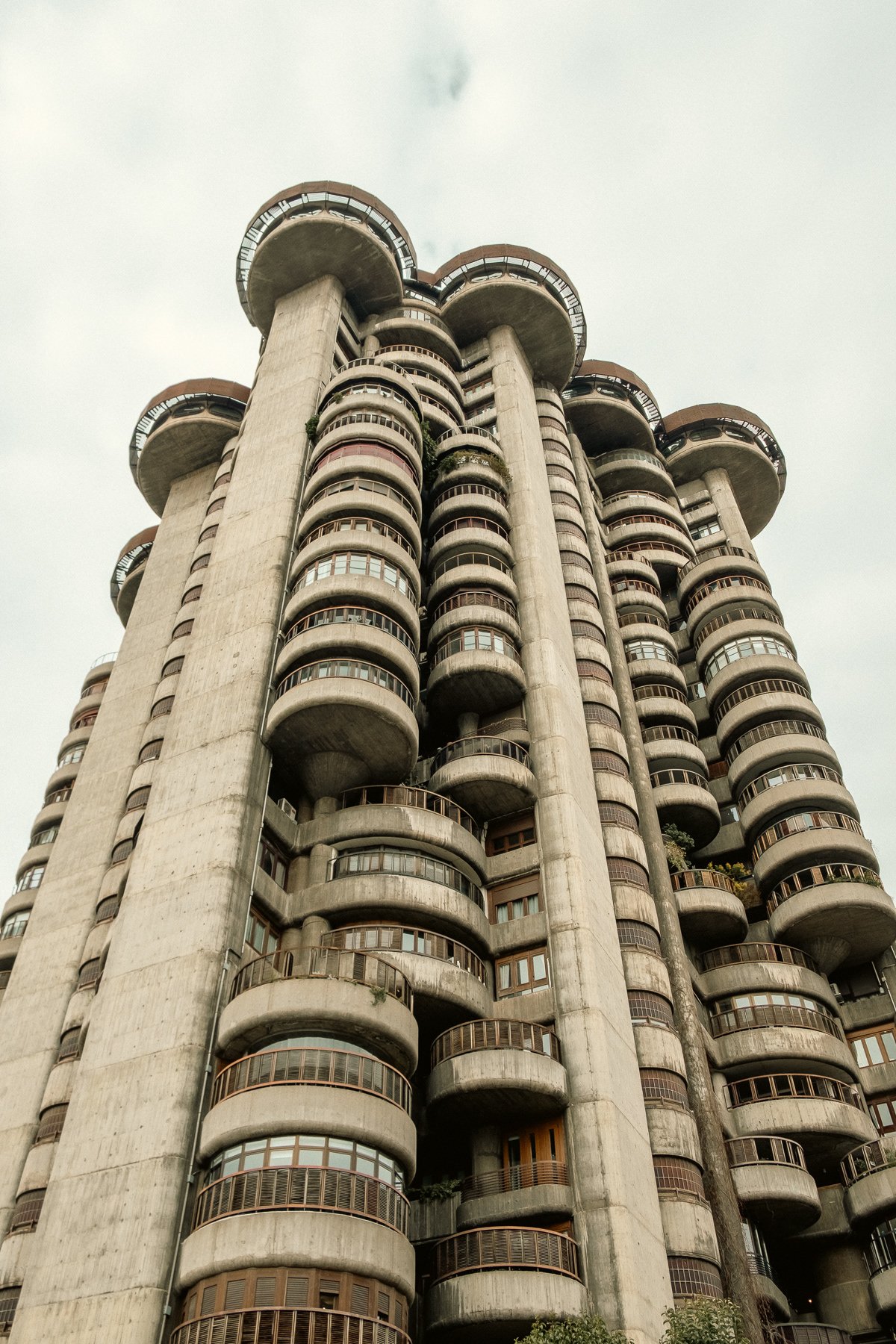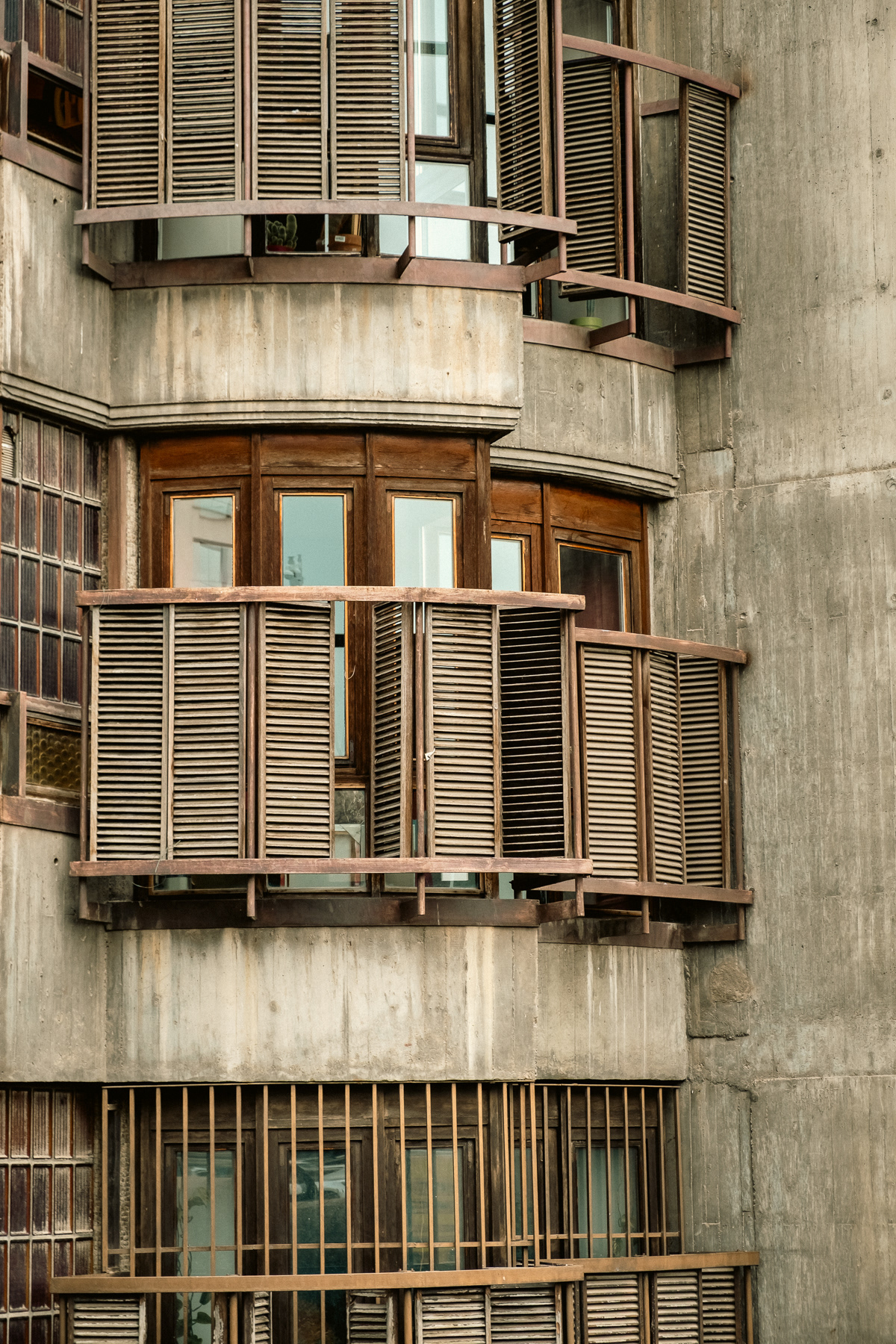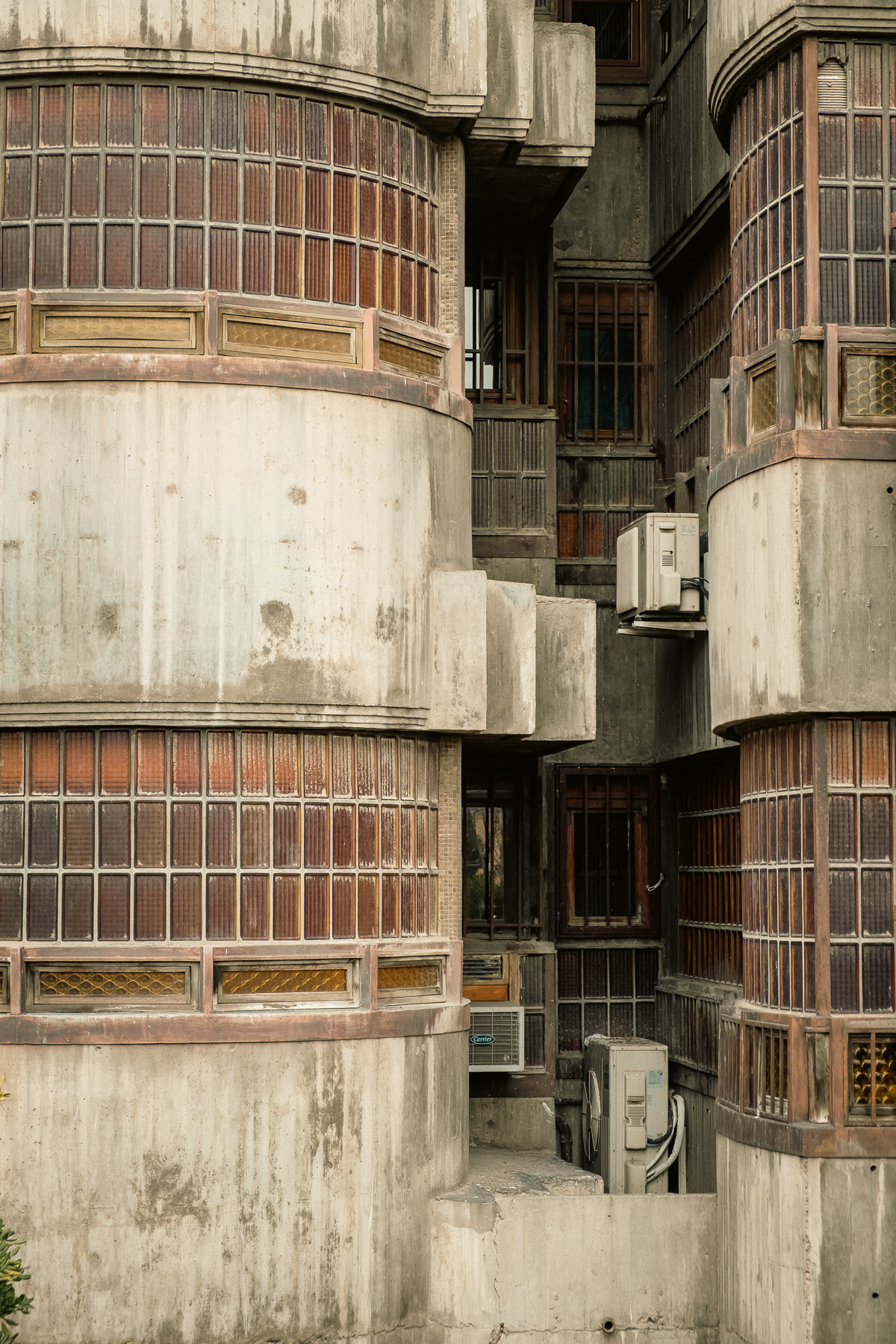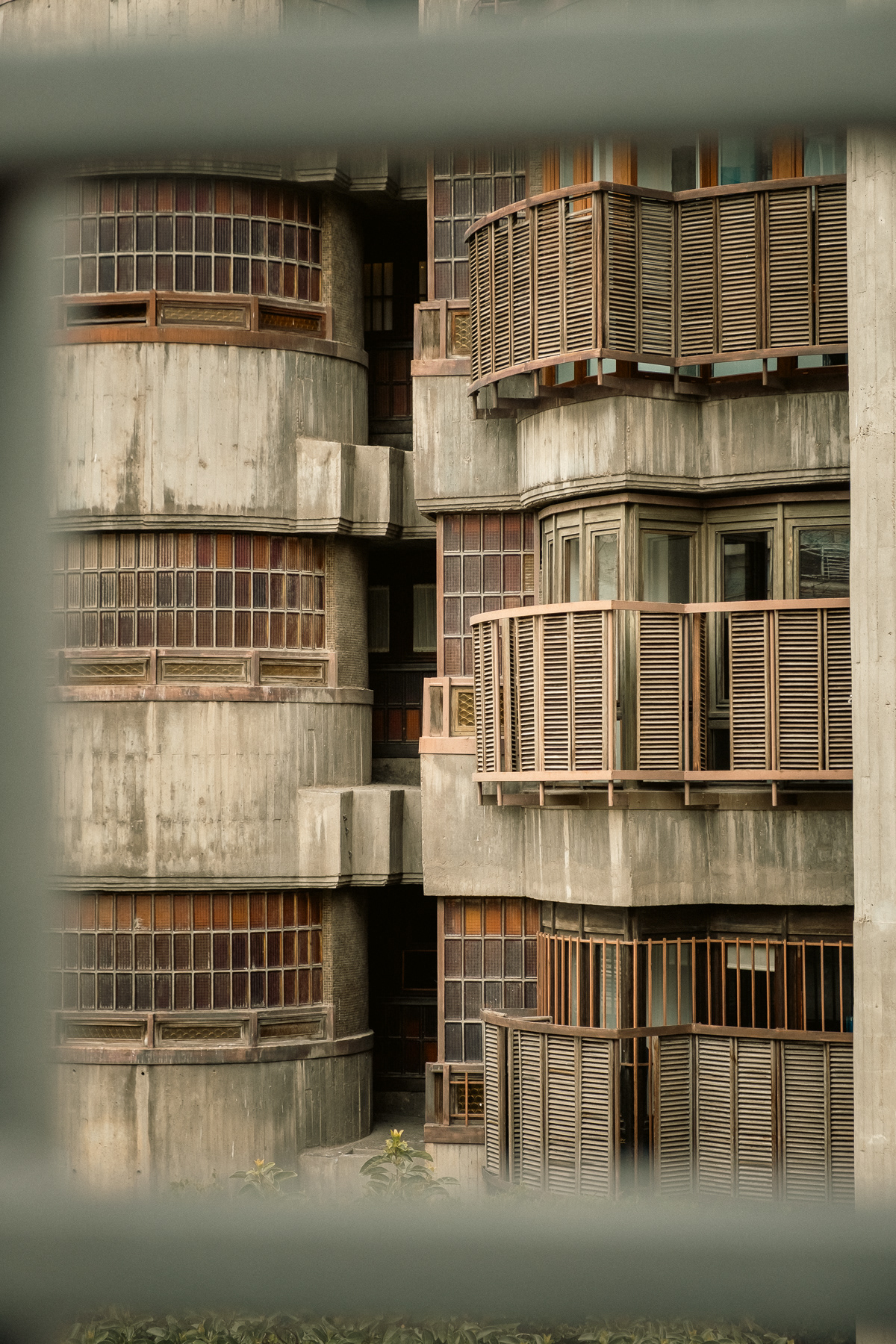View at the centre of Madrid from the roof of the Catedral de Santa María la Real de la Almudena
Plaza Mayor in the afternoon
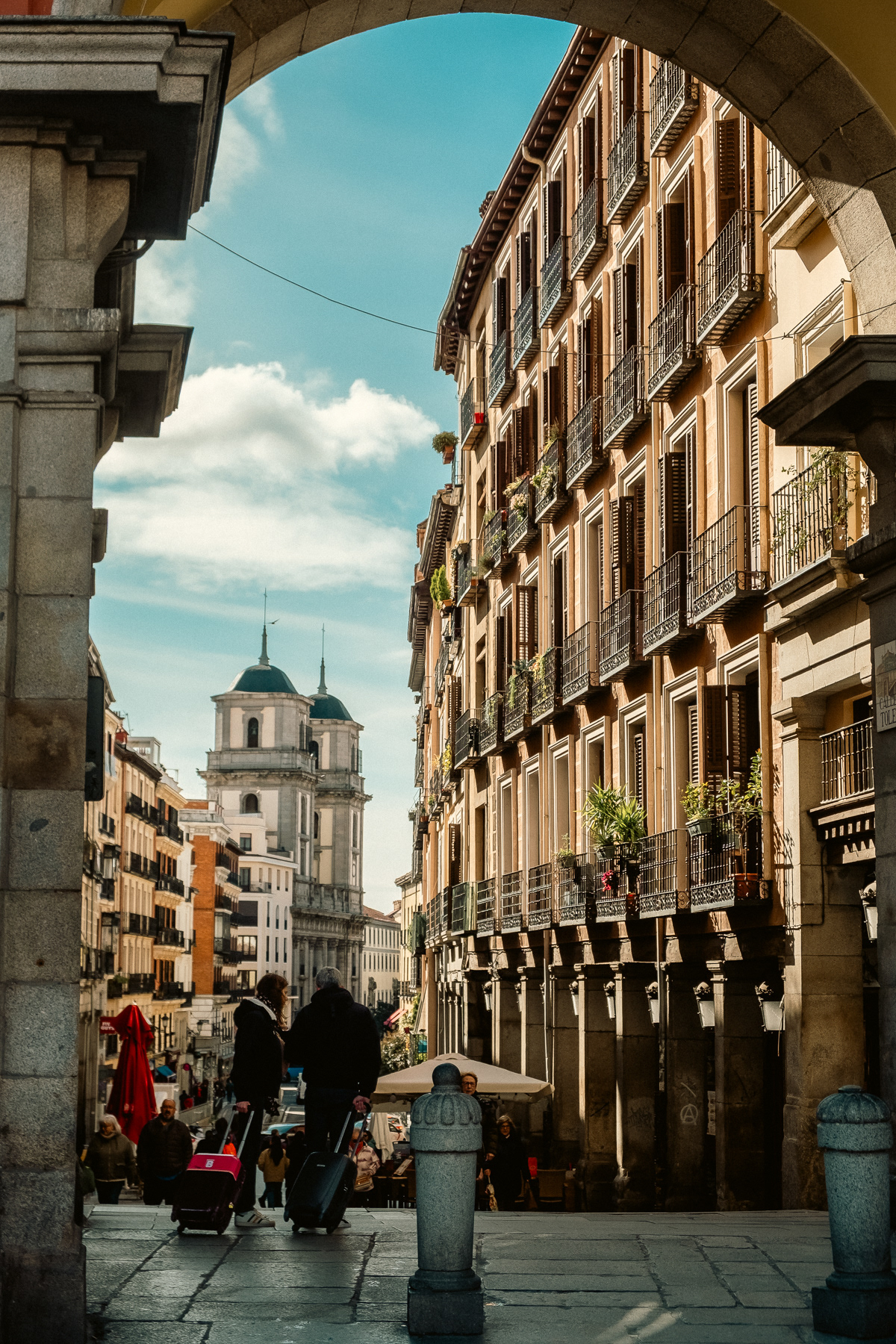
Calle de Toledo in the afternoon
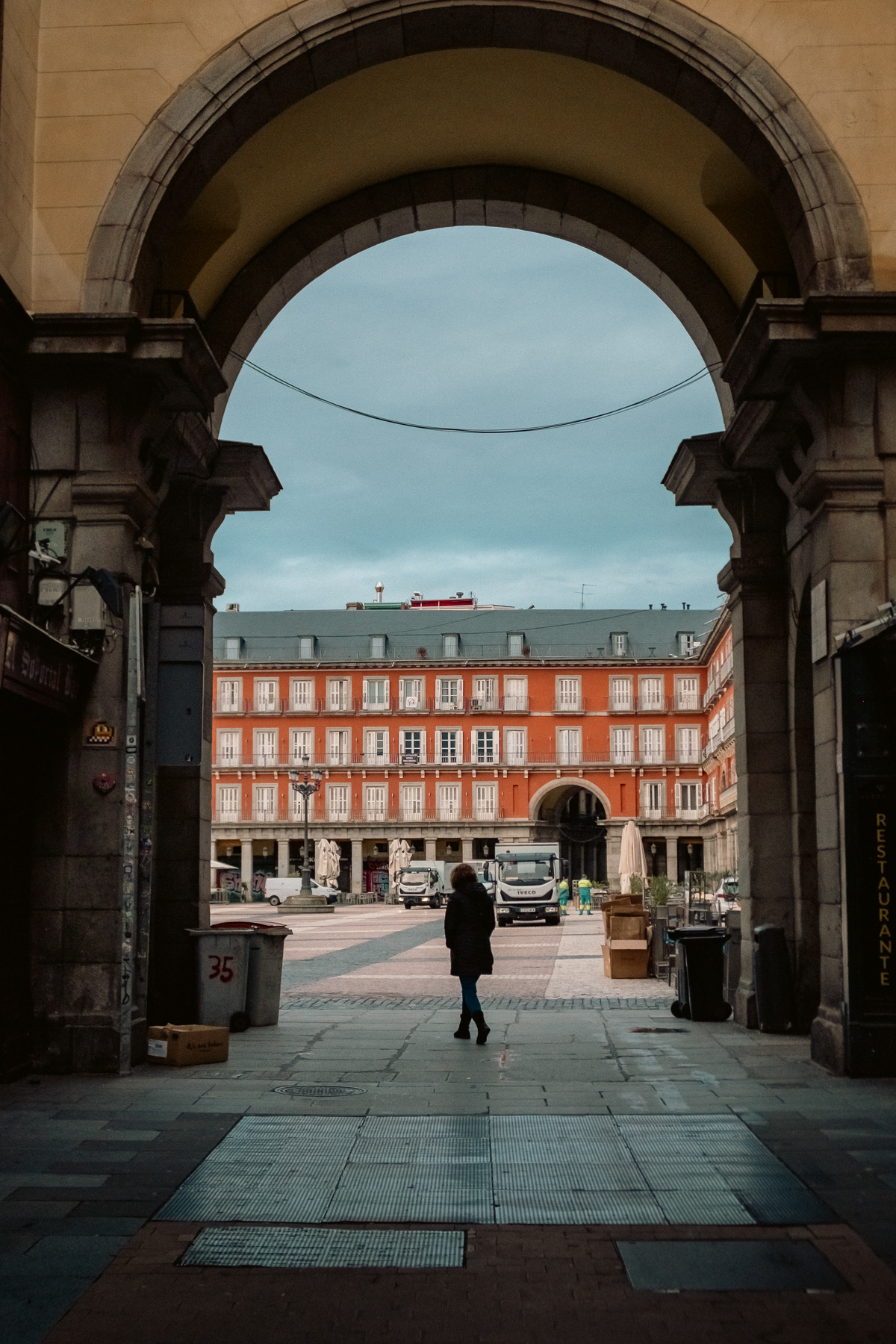
Calle de Sal in the early morning
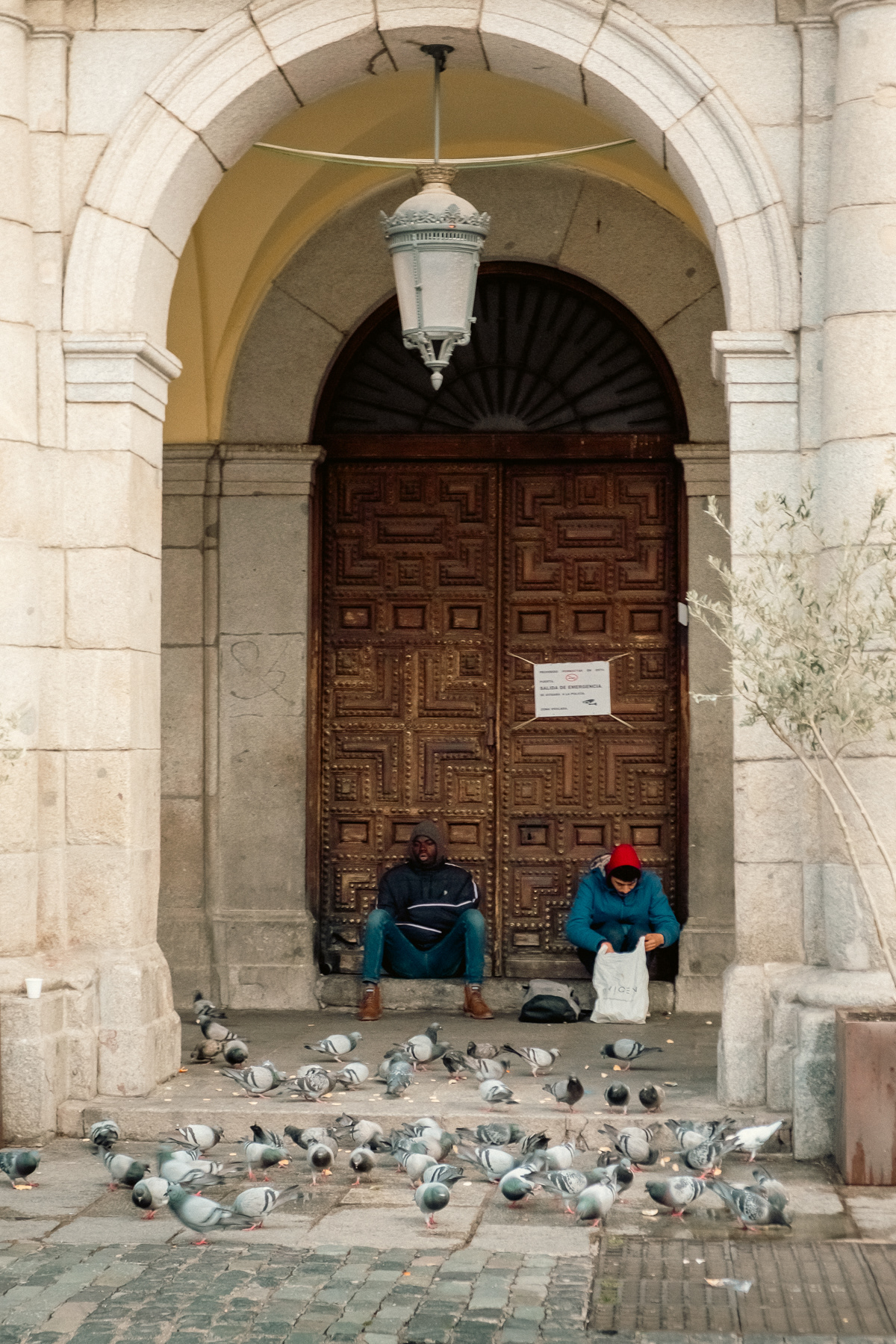
In the early morning you'll find some pigeons and homeless underneath the arched walkways of the square
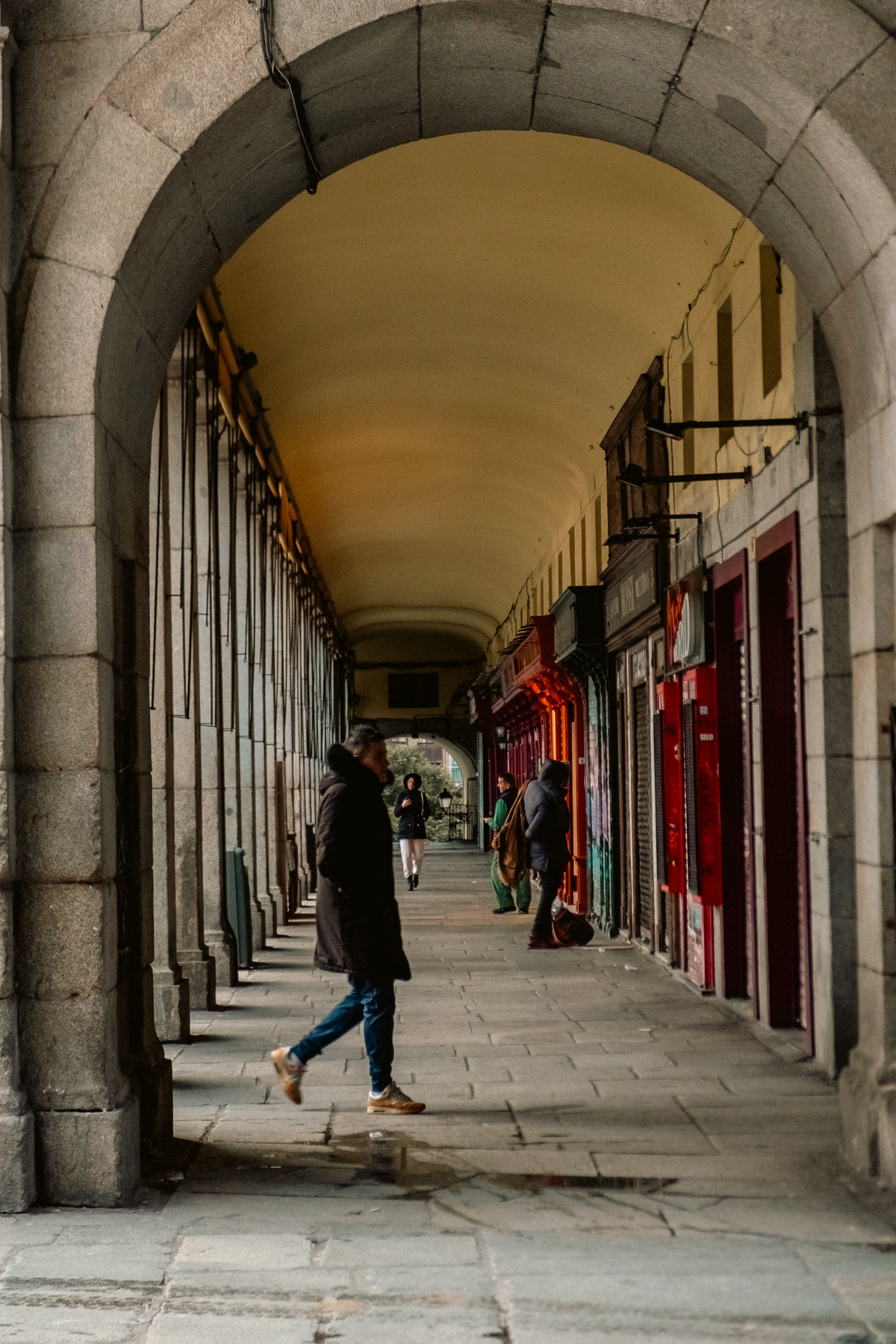
Early morning in an arched walkway
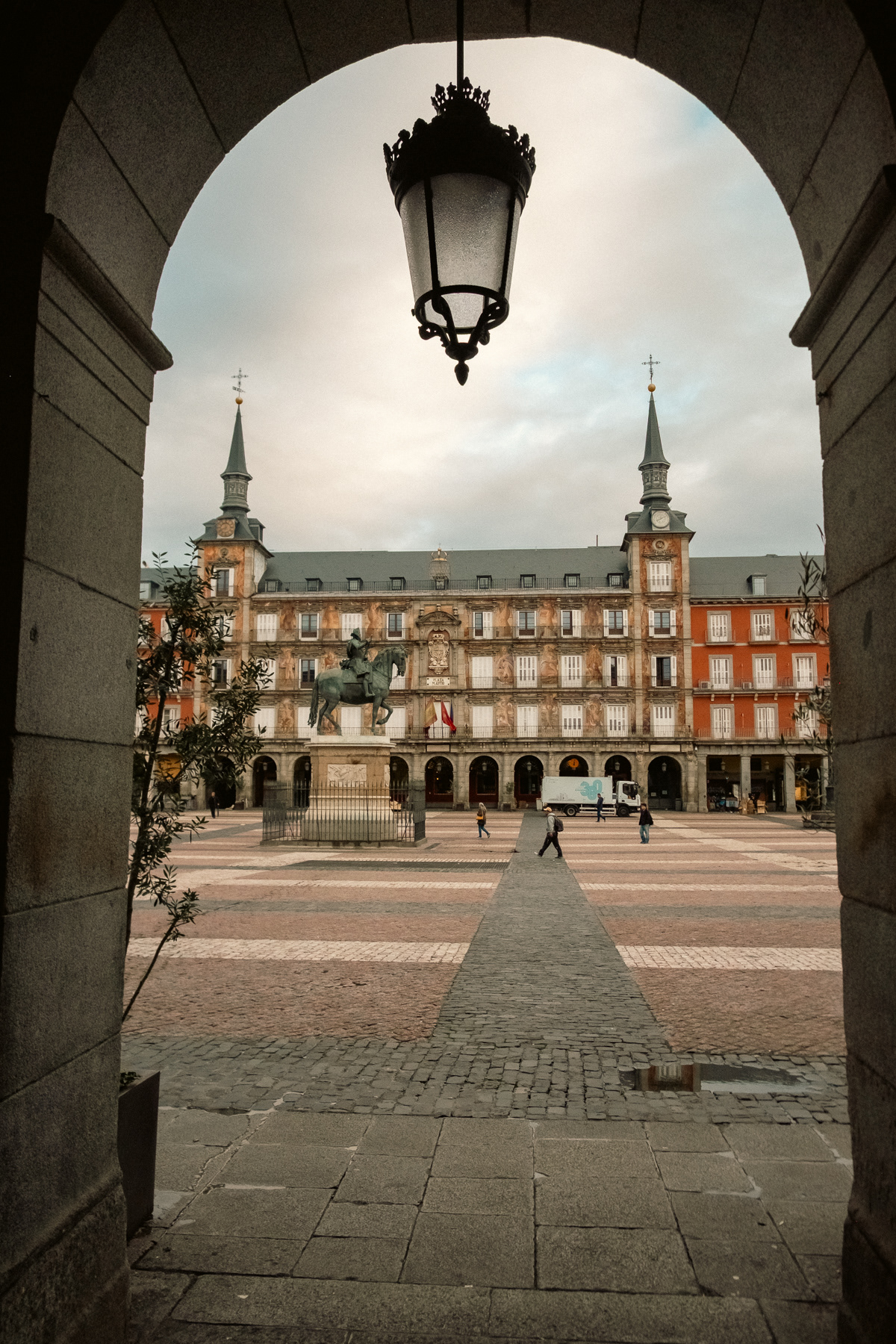
View towards the original bakery of the square, the Casa de la Panadería

View from Calle de Gerona
Plaza Mayor in the early morning. The only permanent figure is king Felipe III on a horse (1578 – 1621) who started construction of the first square
The Casa de la Panadería, meaning Bakery House, at Plaza Mayor. Firstly erected in 1690, it underwent sever remoddeling in 1880. The frescos were added in 1992, for which Madrid commissioned the artist Carlos Franco.
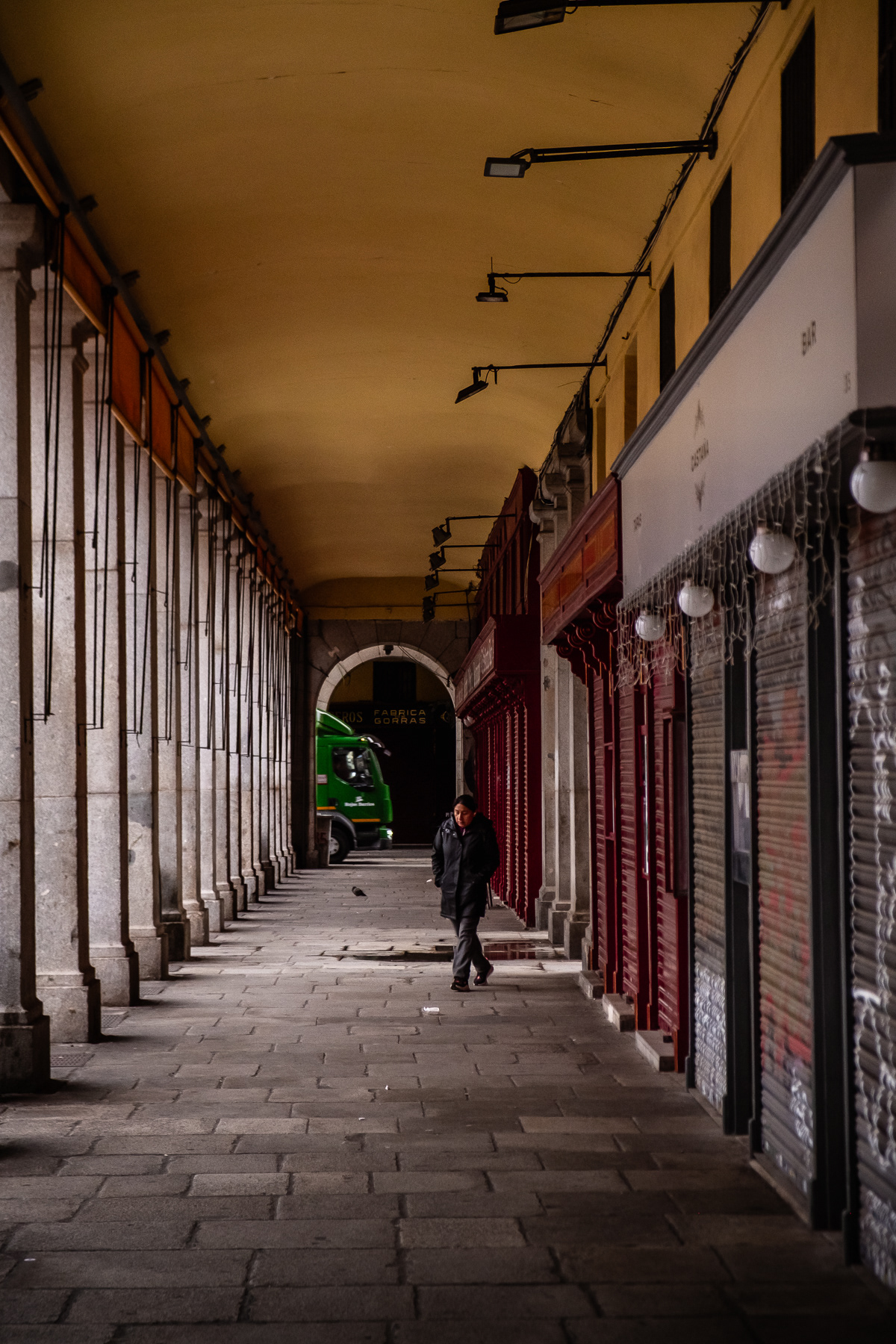
Supply trucks come to the square in the early morning.
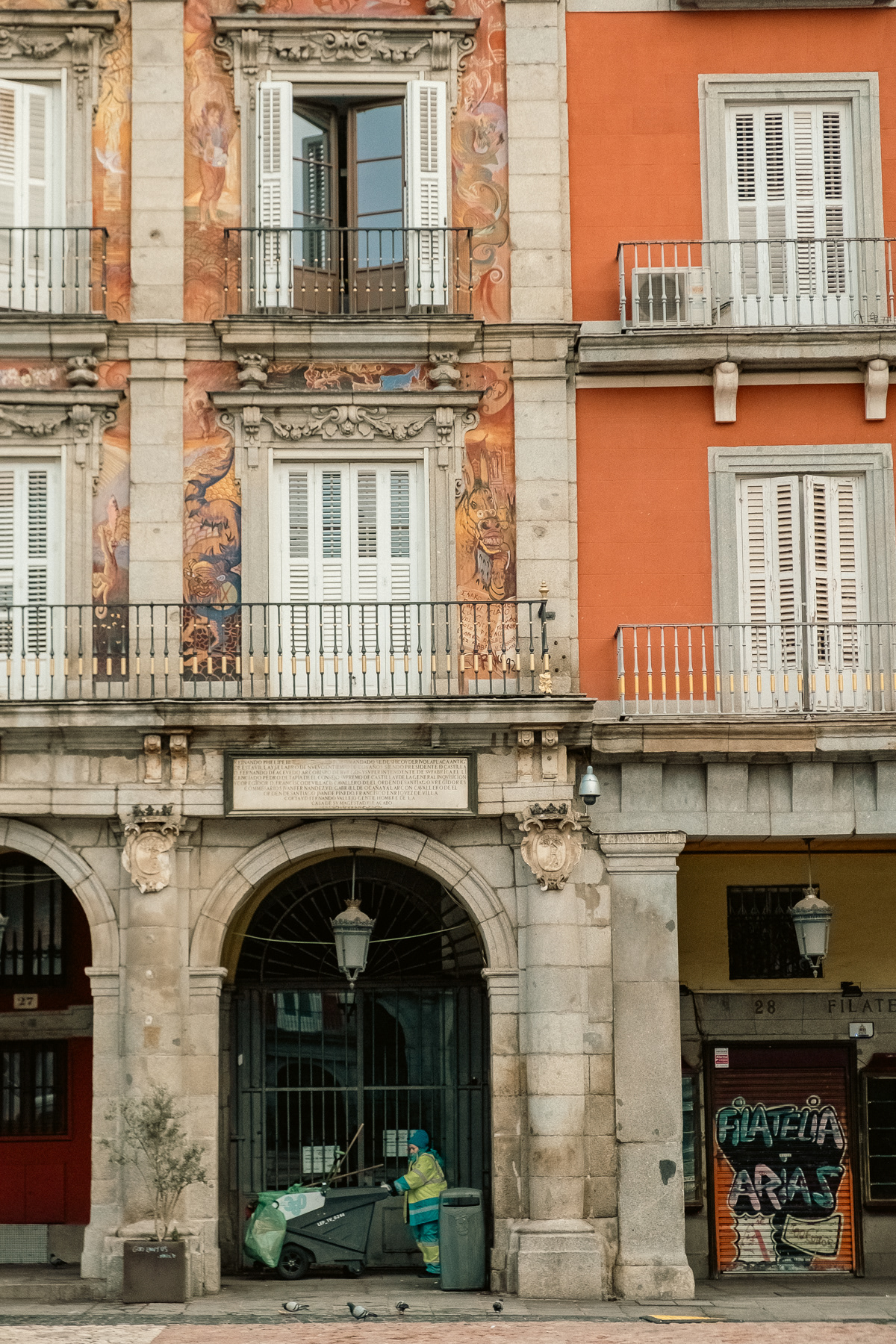
As well as the cleaning staff.
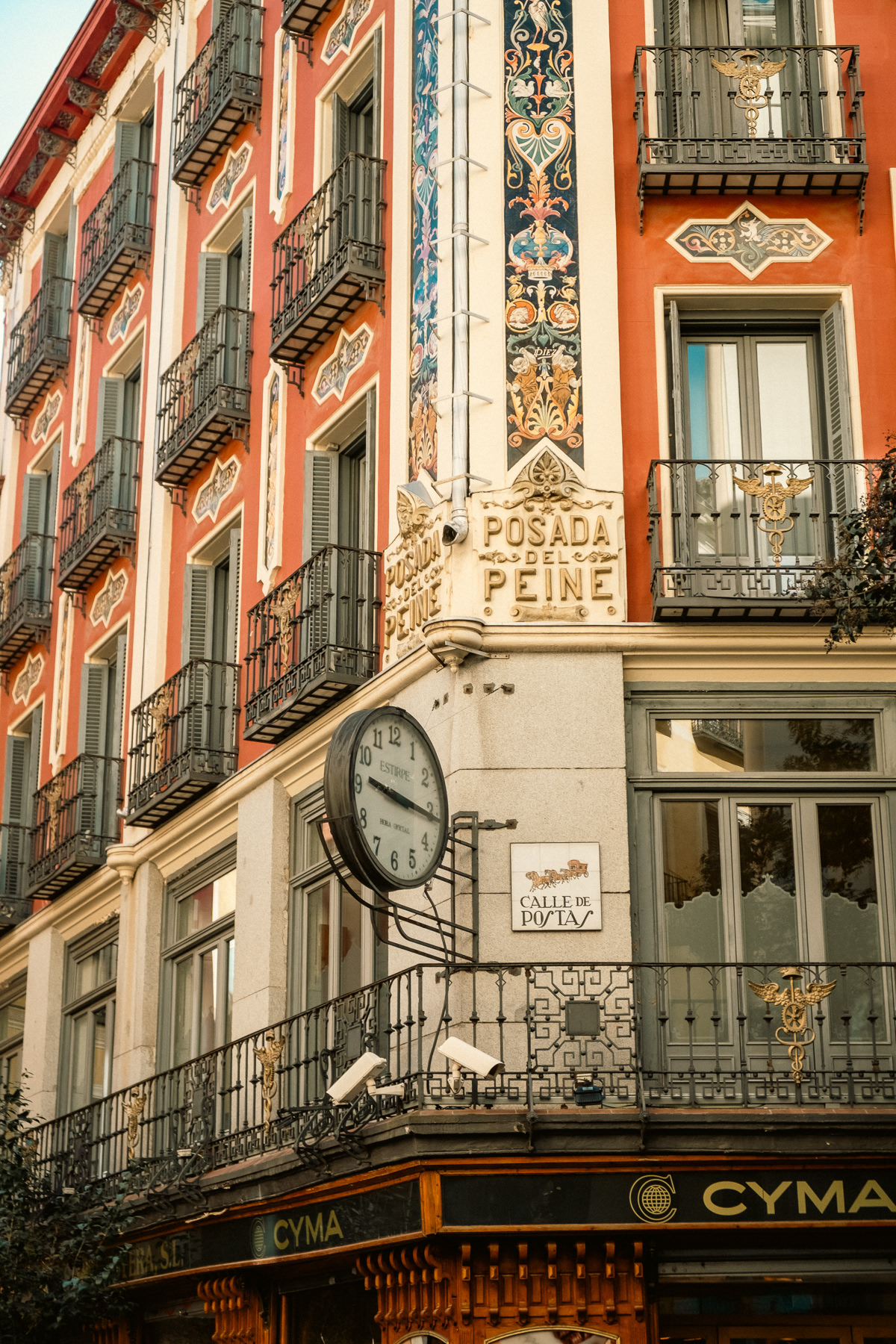
Great mural decorations one block from Plaza Mayor.
The mini square leading to Calle de Postas, a hundred metres from Plaza Mayor
The beautiful facades of Calle de Toledo
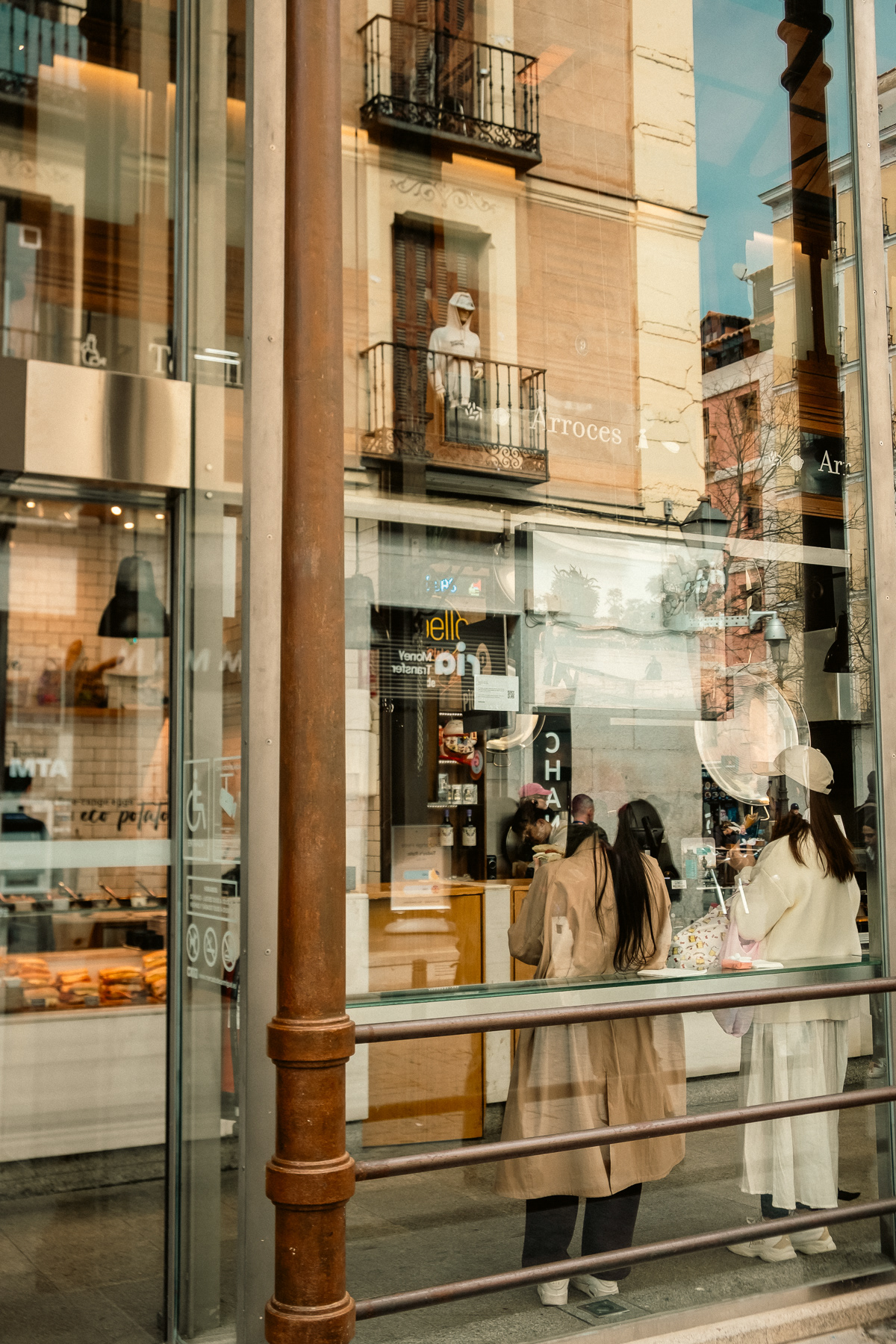
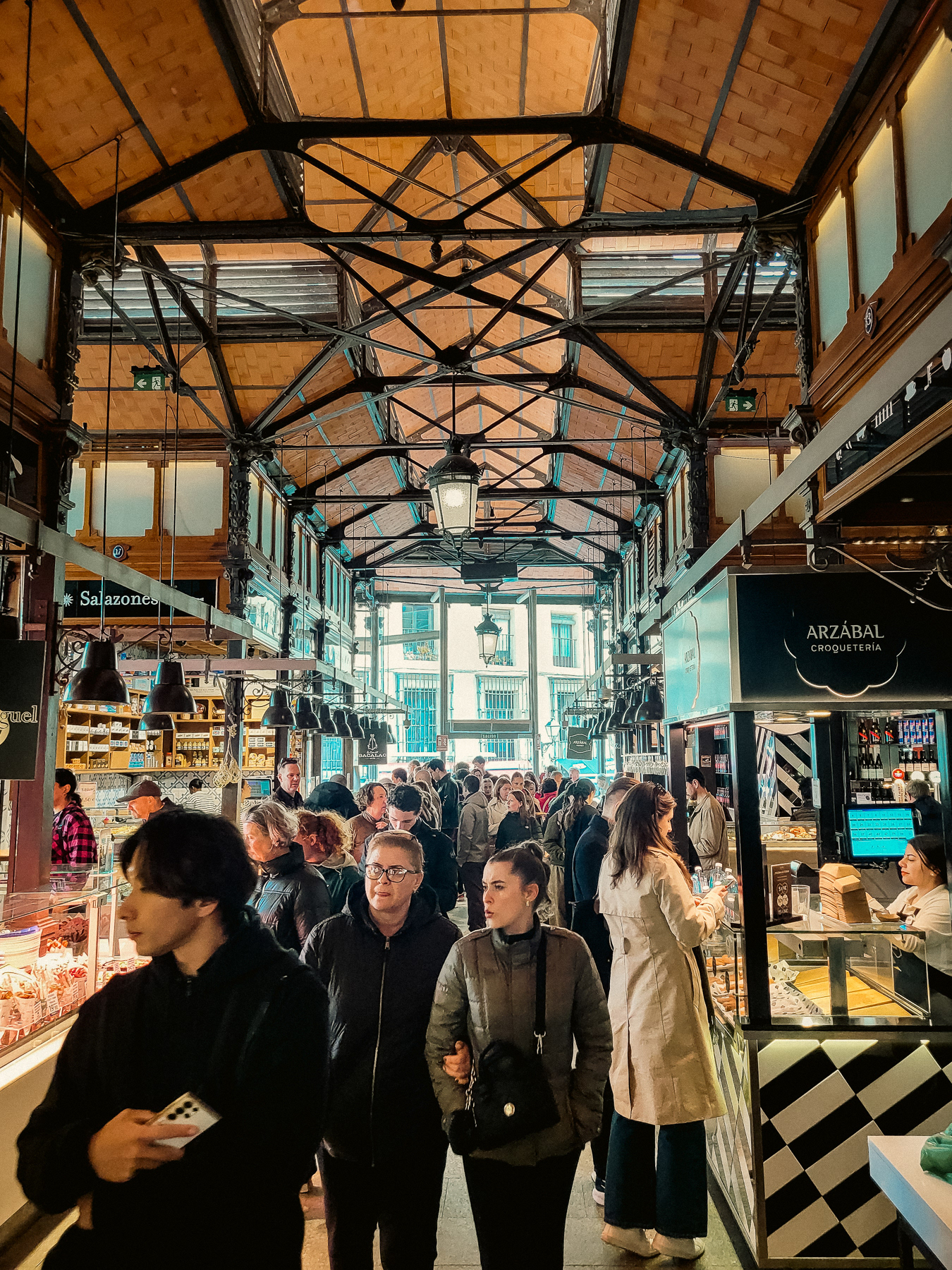
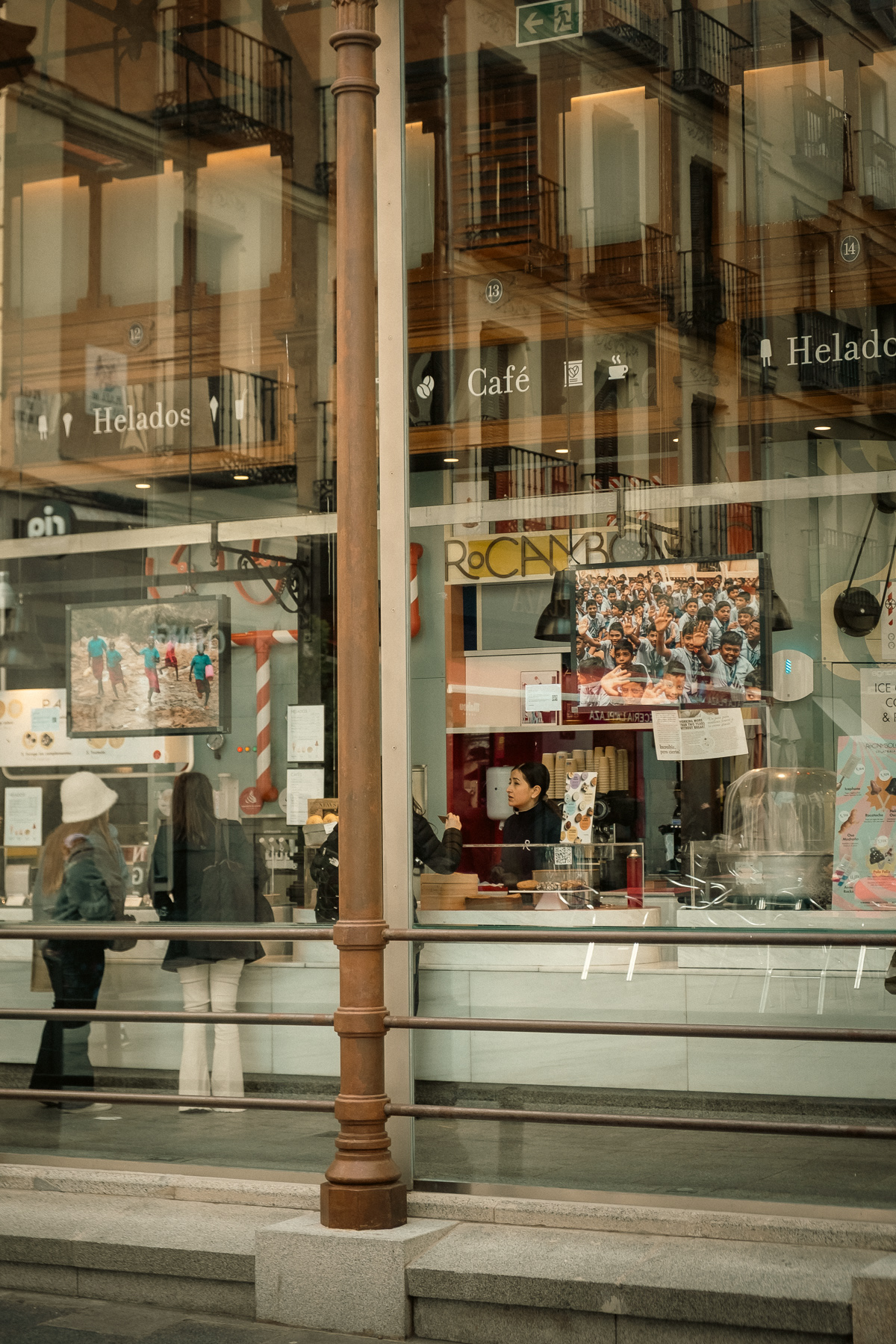
Close-up of the Capitol building at Plaza del Callao / Gran Via
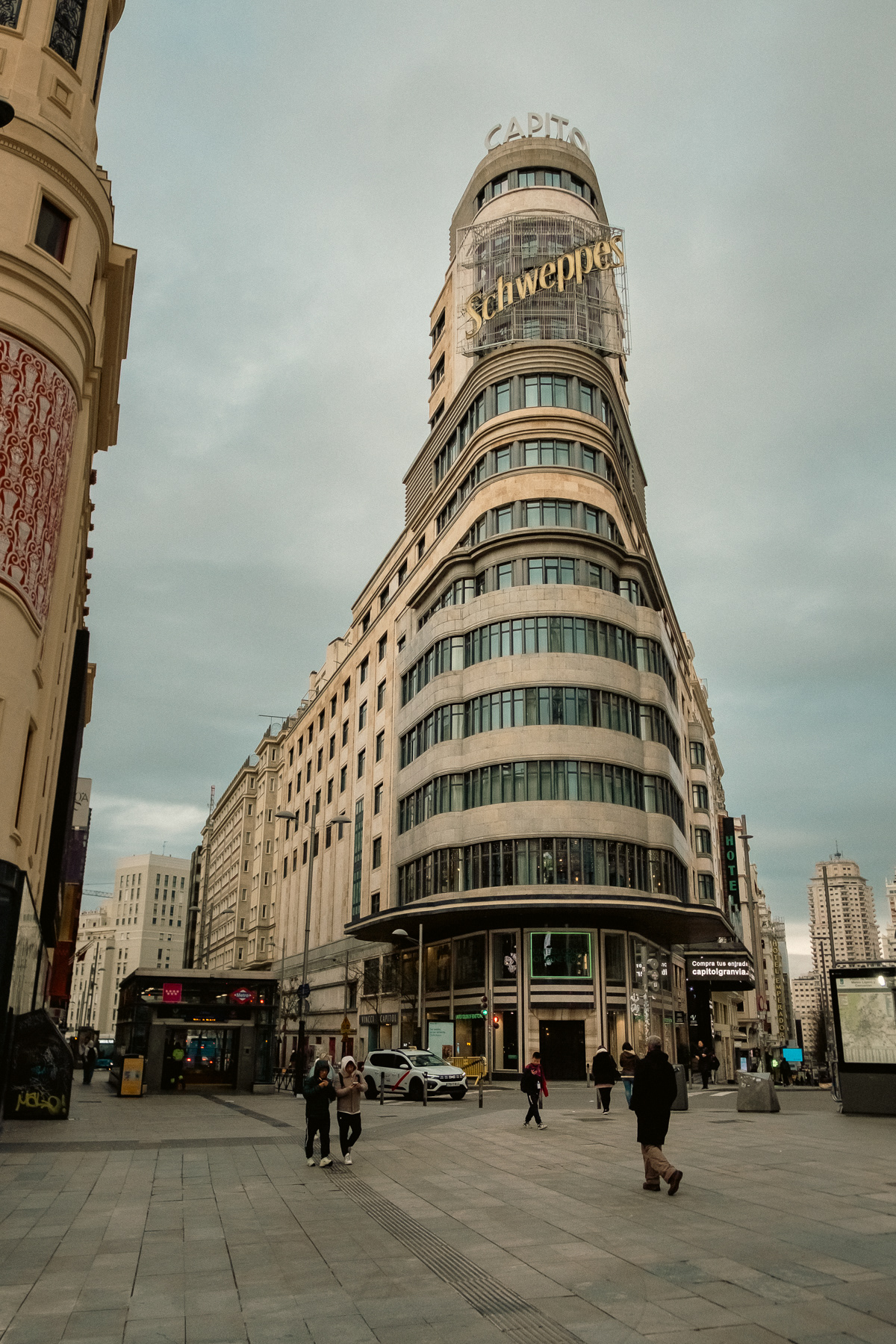
The Capitol building (54 metres tall) ...

... which includes shops.
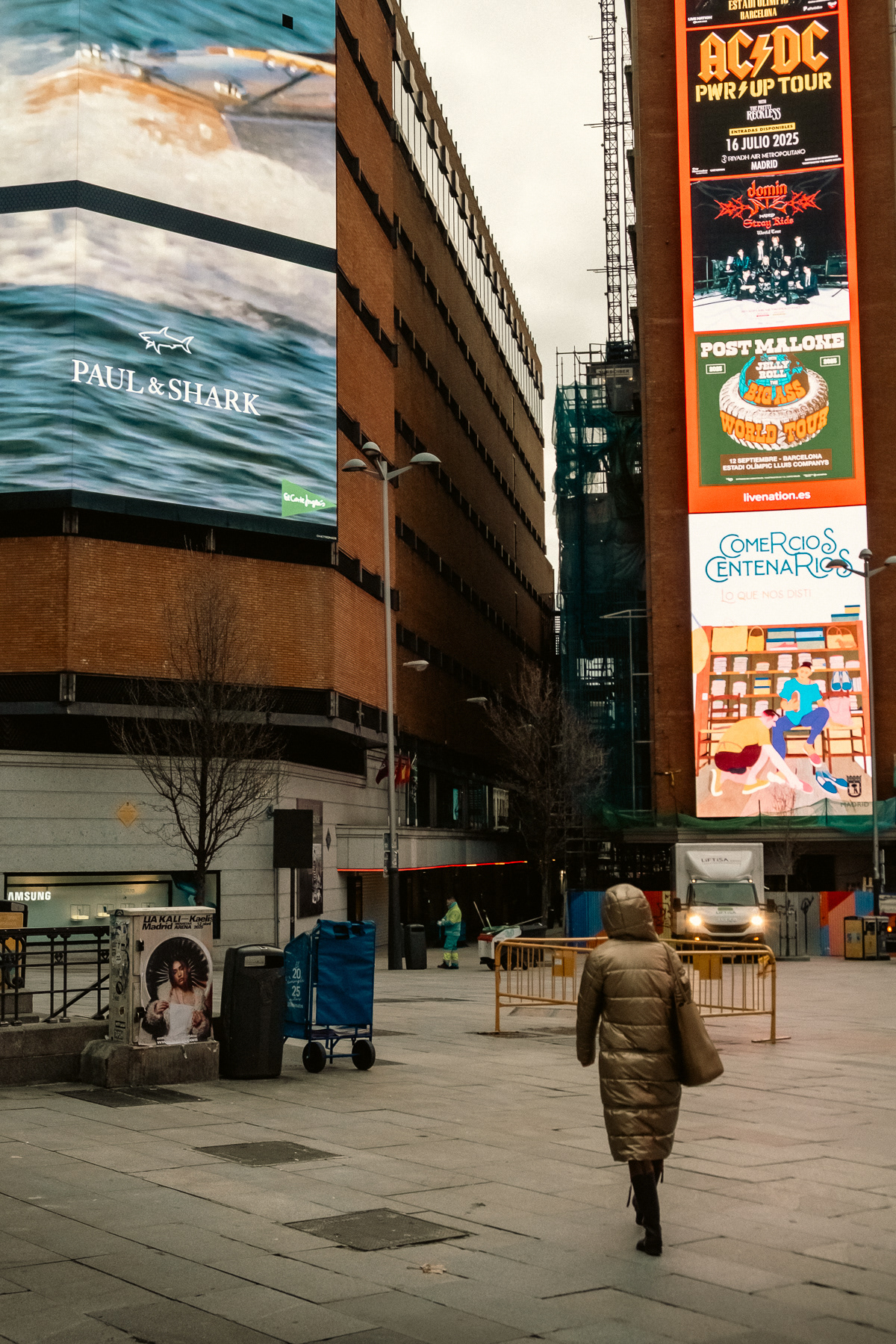
Bright lid advertisements add to the "Times Square" feeling at Plaza del Callao.
The Gran Via with the Torre de Madrid (Tower of Madrid). With 142 metres tall and 36 floors, one of the tallest buildings of the city. The skyscraper was built between 1954 and 1957. The design is by Julián and José María Otamendi Machimbarrena.
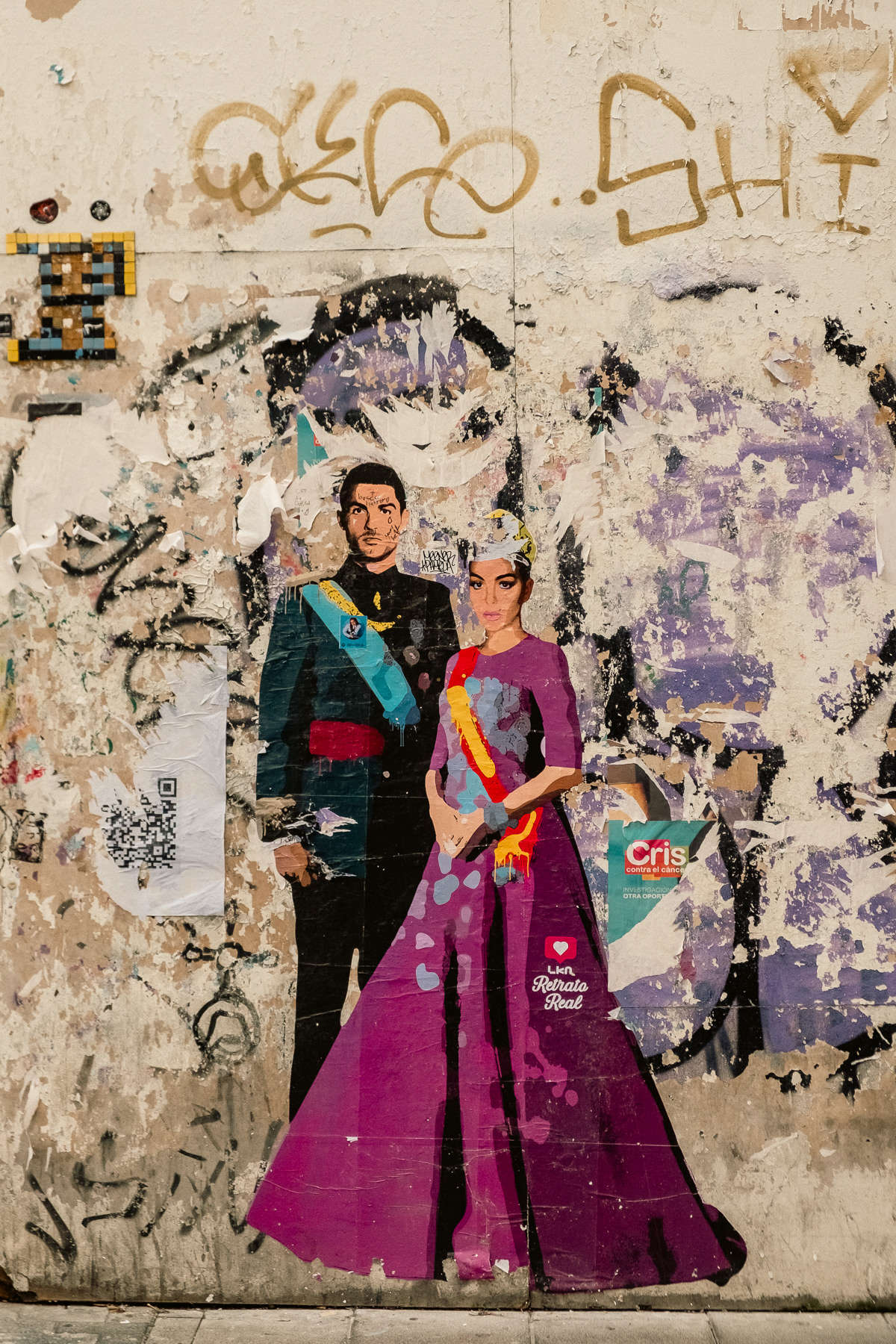
A royal portrait
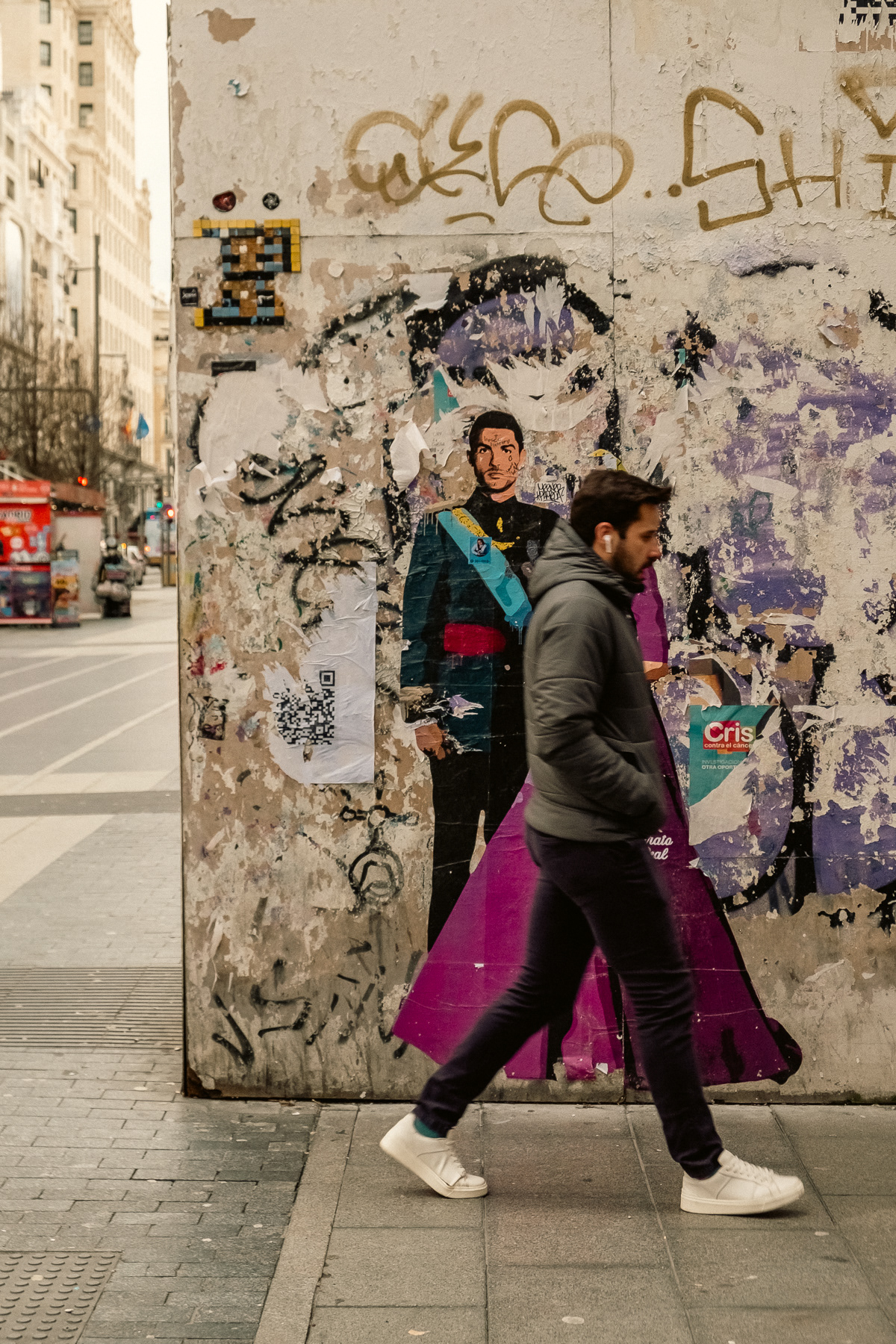
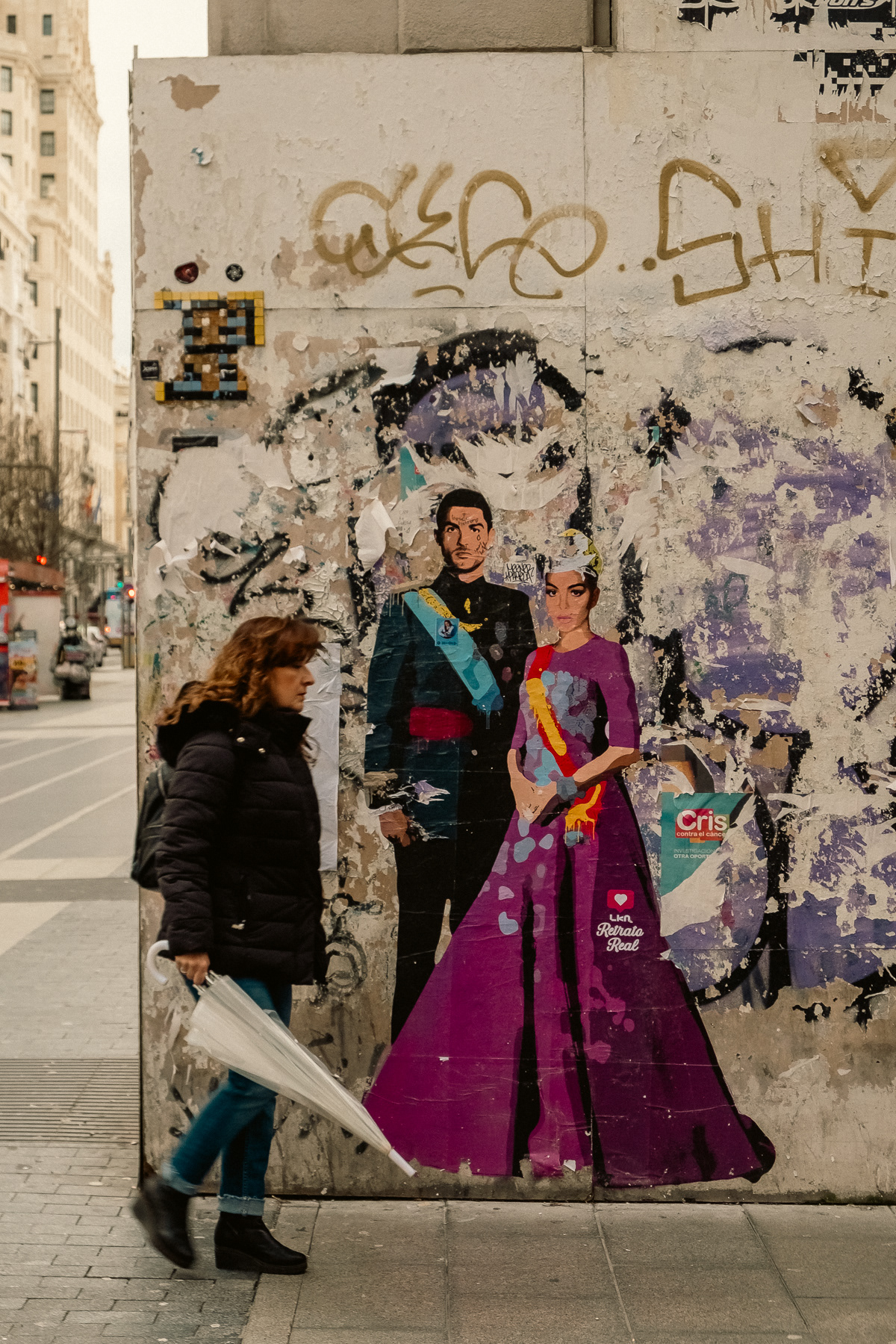
View at Gran Via towards the Telefónica building (furthest in row)
A bicycle food courier waits underneath the canopy of the Gran Via metro station. In 2018 a modern replica of the old station of 1919 was constructed here.

The Telefónica building towering over Gran Via.

Renovation continues on Gran Via
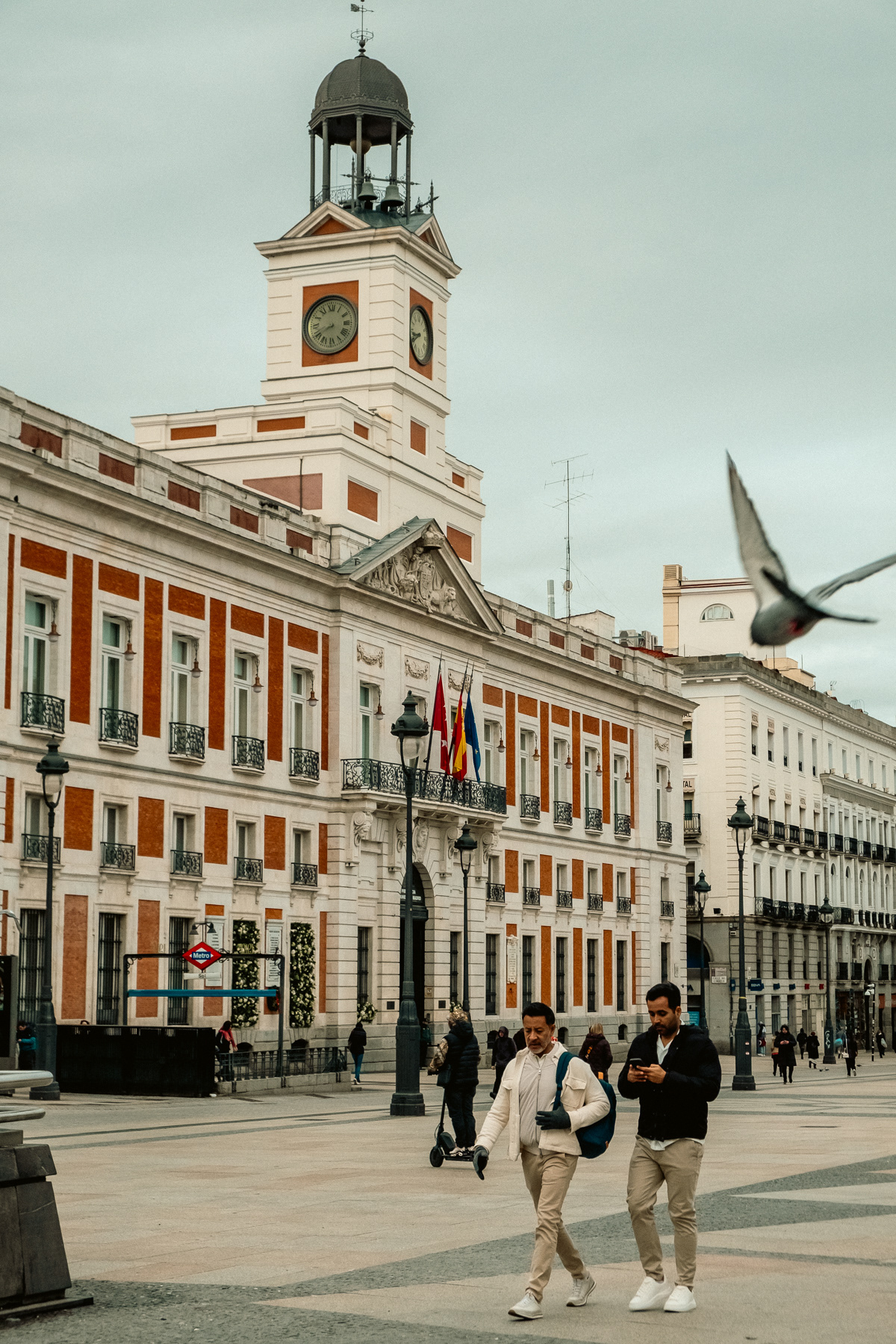
Real Casa de Correos
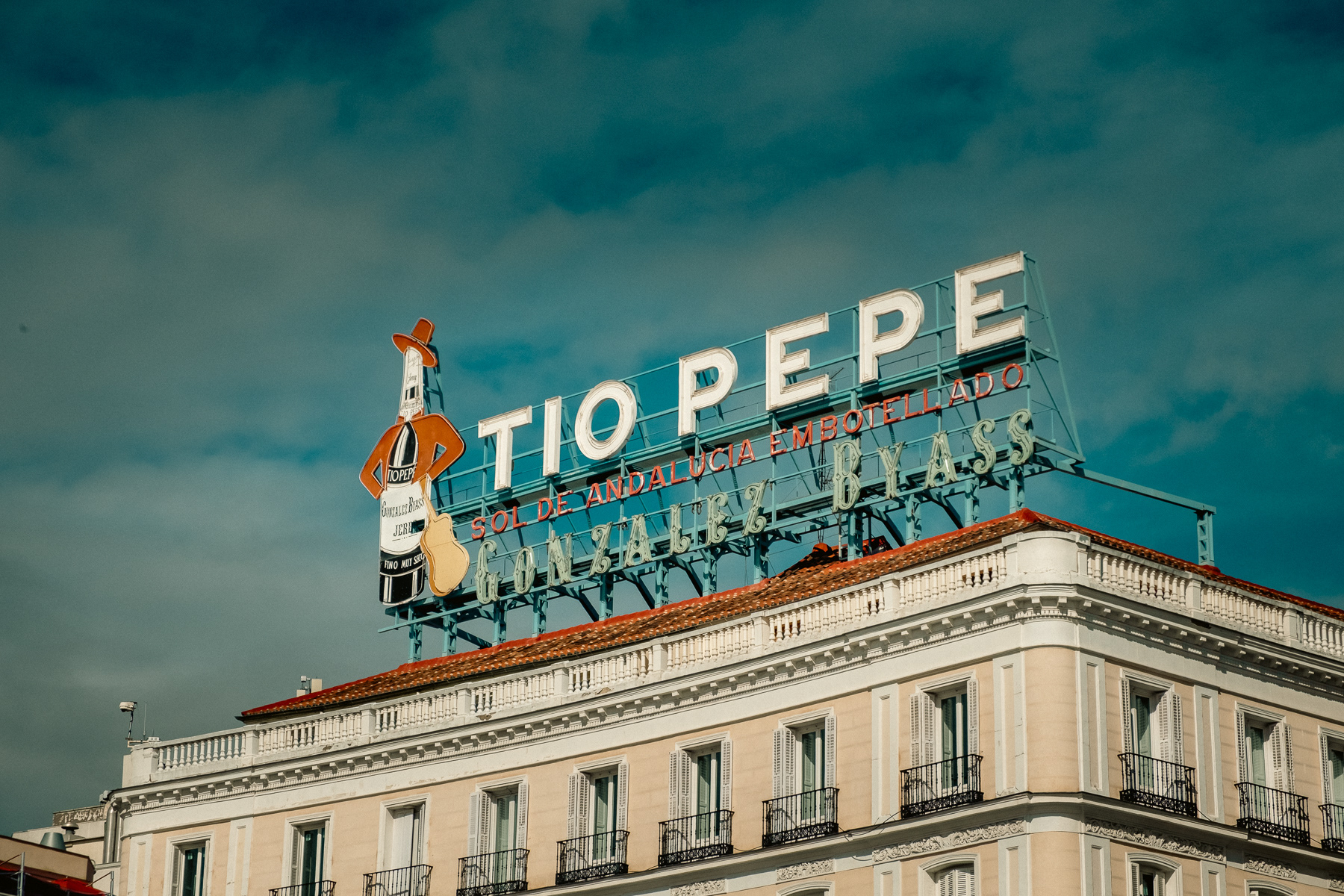
The Tio Pepe sign at Puerta del Sol
Puerta del Sol square facing the north. The statue of the bear and the tree on the left is one of the most photographed spots. Centre in the photo the former Hotel Paris, which used to have the Tio Pepe sign.
Goya promotions on the facade of the Real Academia de Bellas Artes de San Fernando at Calle de Alcalá
The neoclassic Puerta del Alcalá from 1774 by Francesco Abatini.
Alfonso XII must have been quite a king in his days (1874-1885), with gigantic monument to the royal who came to power after a military coup.
Passeo de Argentina, with statues ignoring each other and ignoring those who walk by.
Paddling small boats on the Estanque Grande de El Retiro (The Great Pond)
With this lion and his brothers keeping a watchful eye.
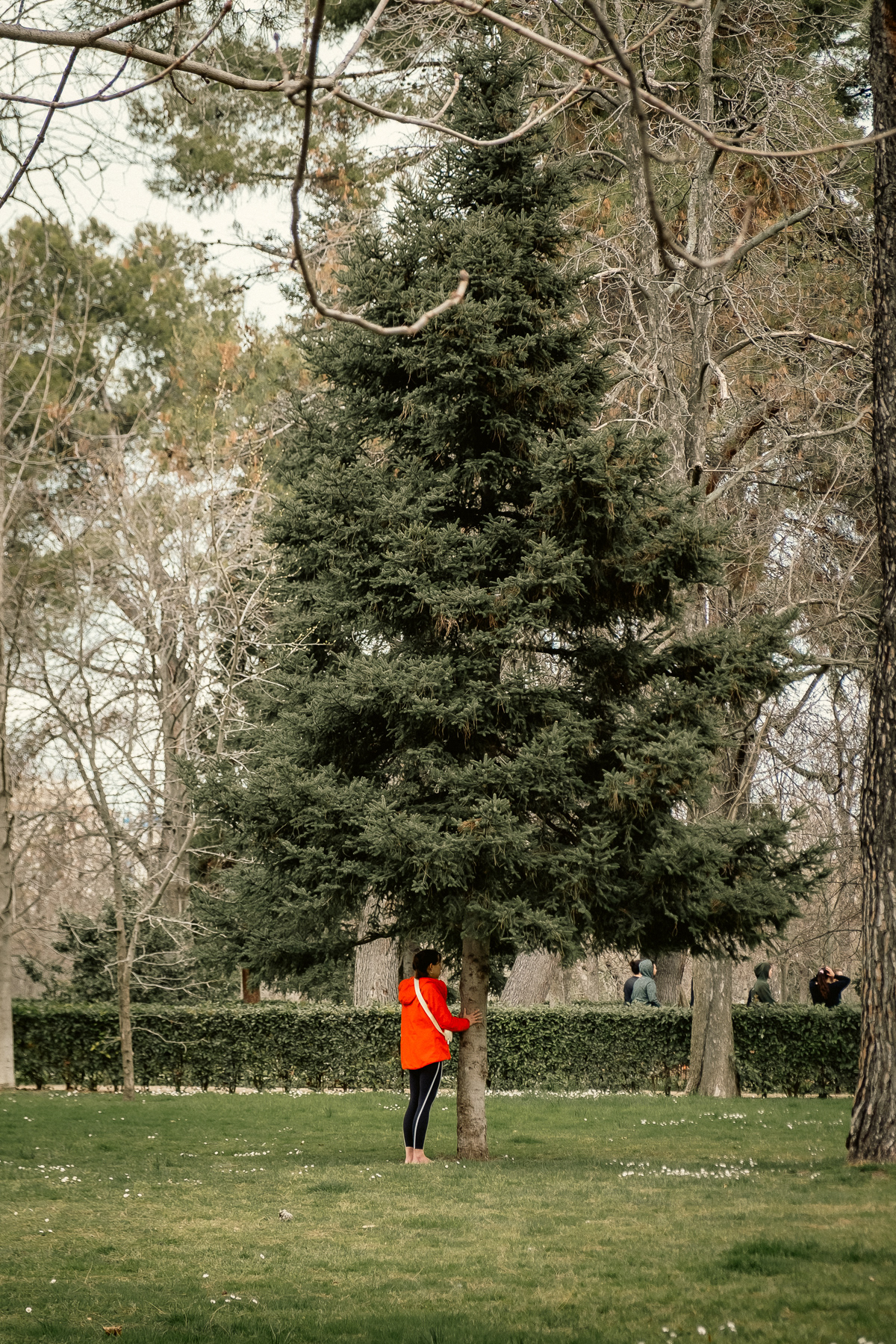
Refinding balance in a tree-rich environment.
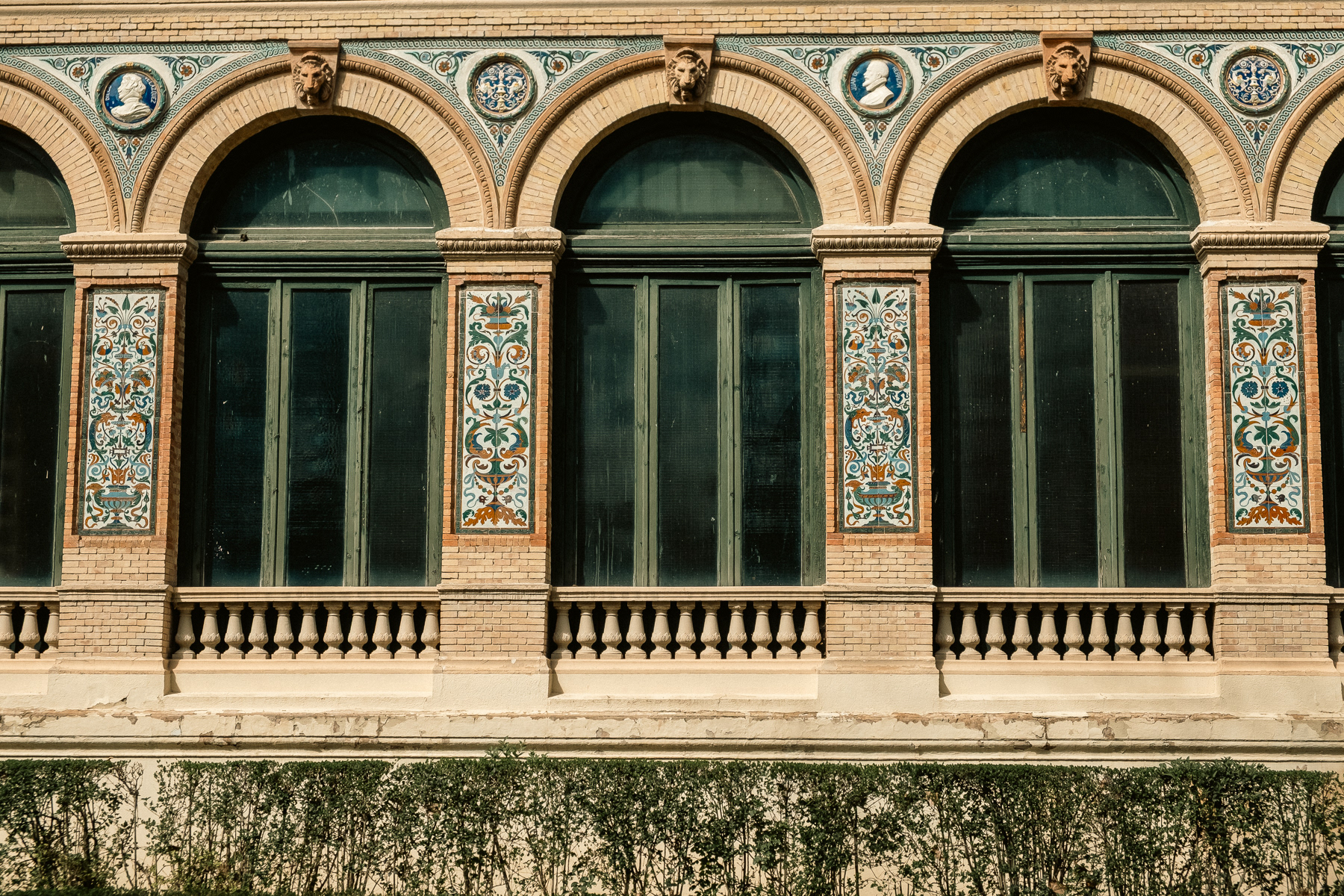
Facade of Palacio de Velázquez
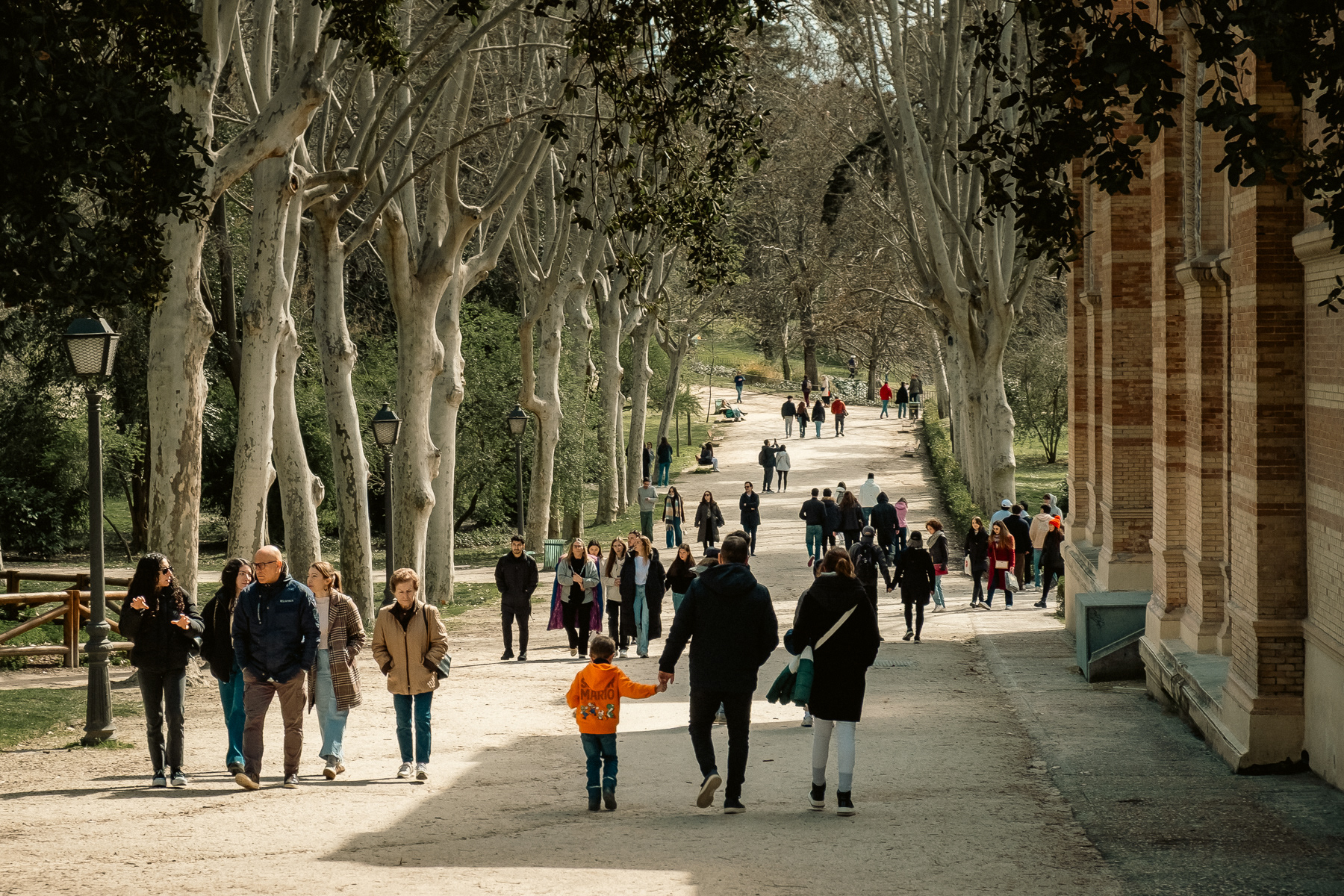
Strolling on a sunny weekend day ....
Palacio de Cristal, under renovation till at least 2027.
Different views on the Monument to Alfonso XII
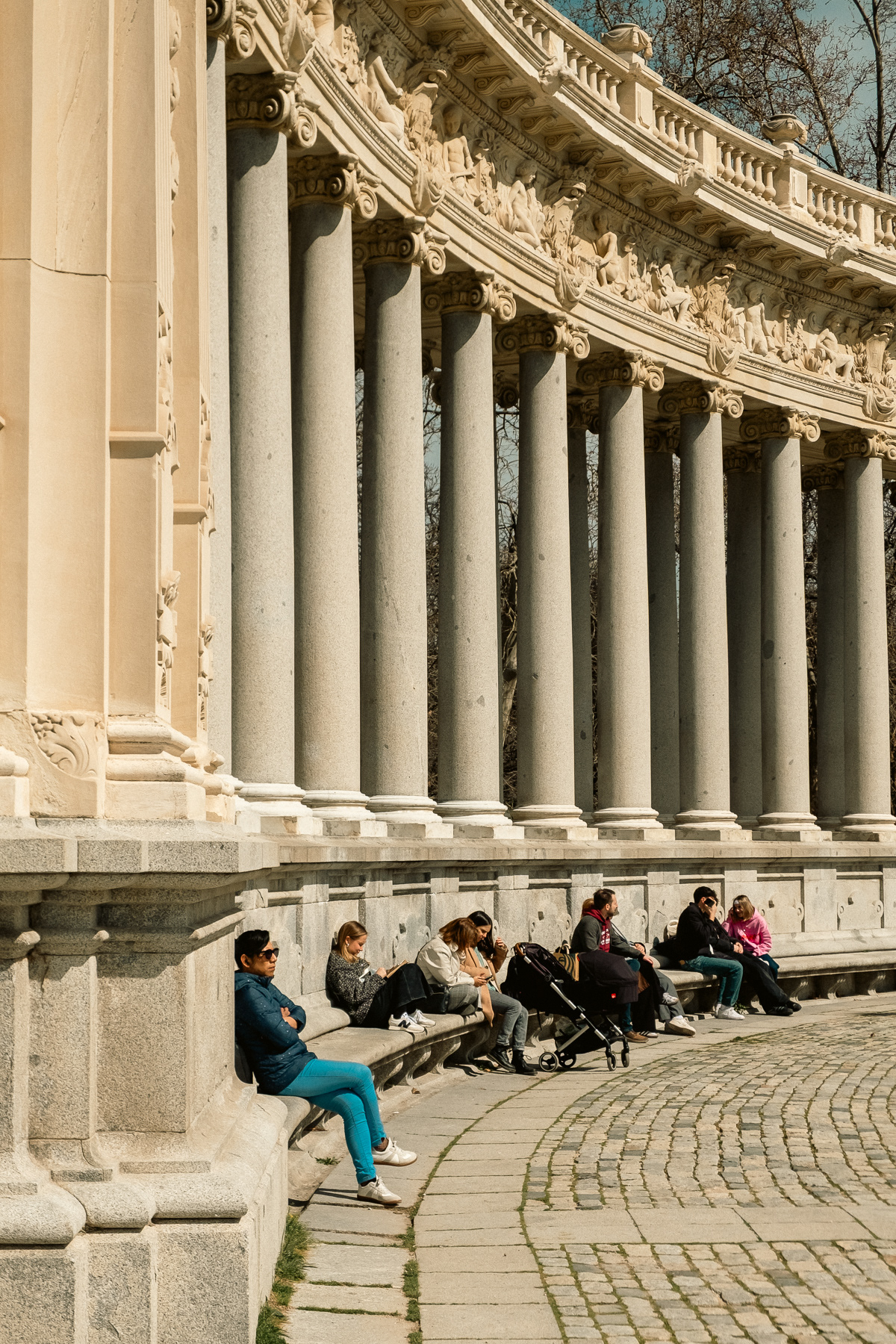
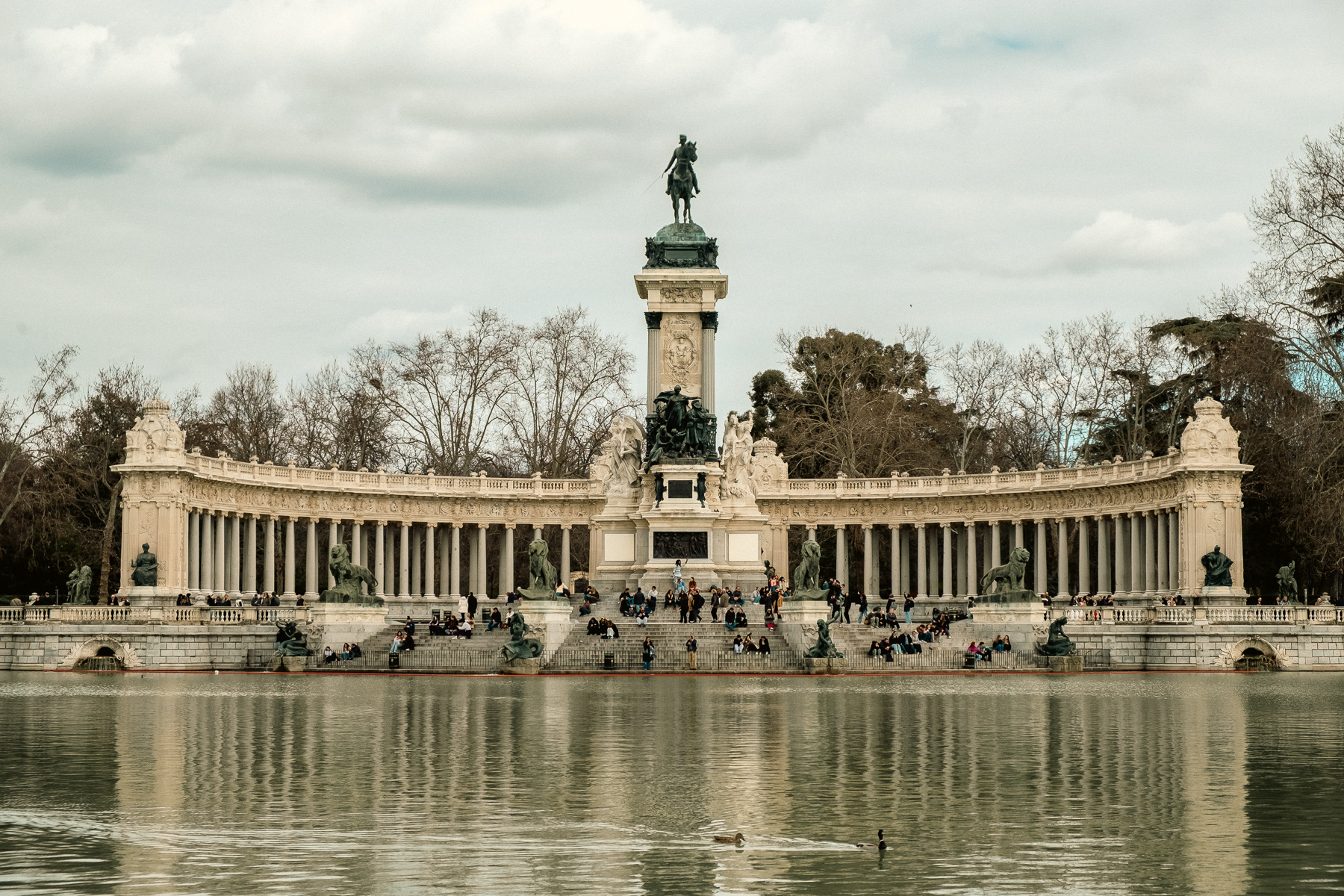
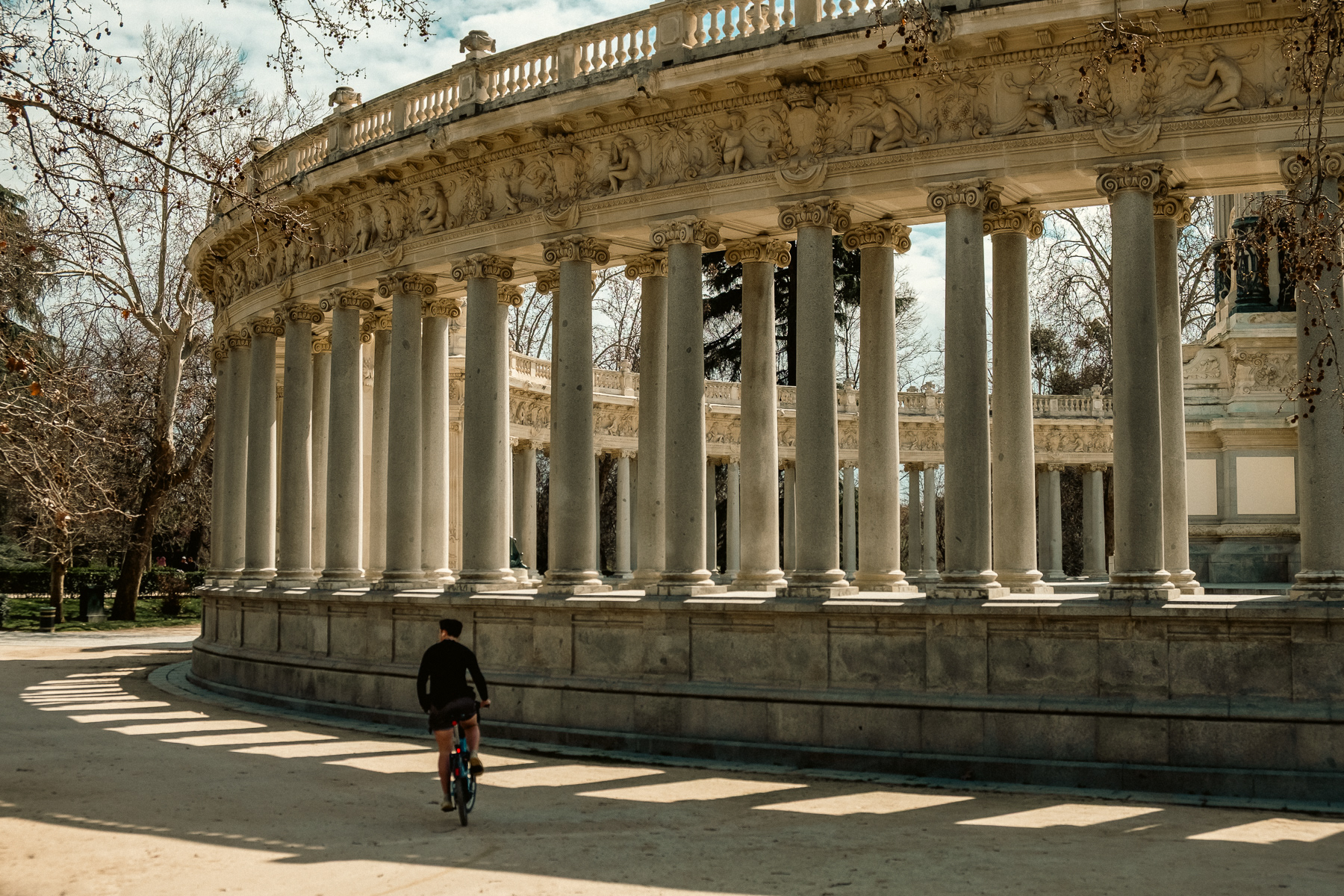
One of the old - and battered - trees in El Retiro
Catedral de Santa María la Real de la Almudena
View to the north from the roof of the cathedral. The Royal Palace is right behind it.
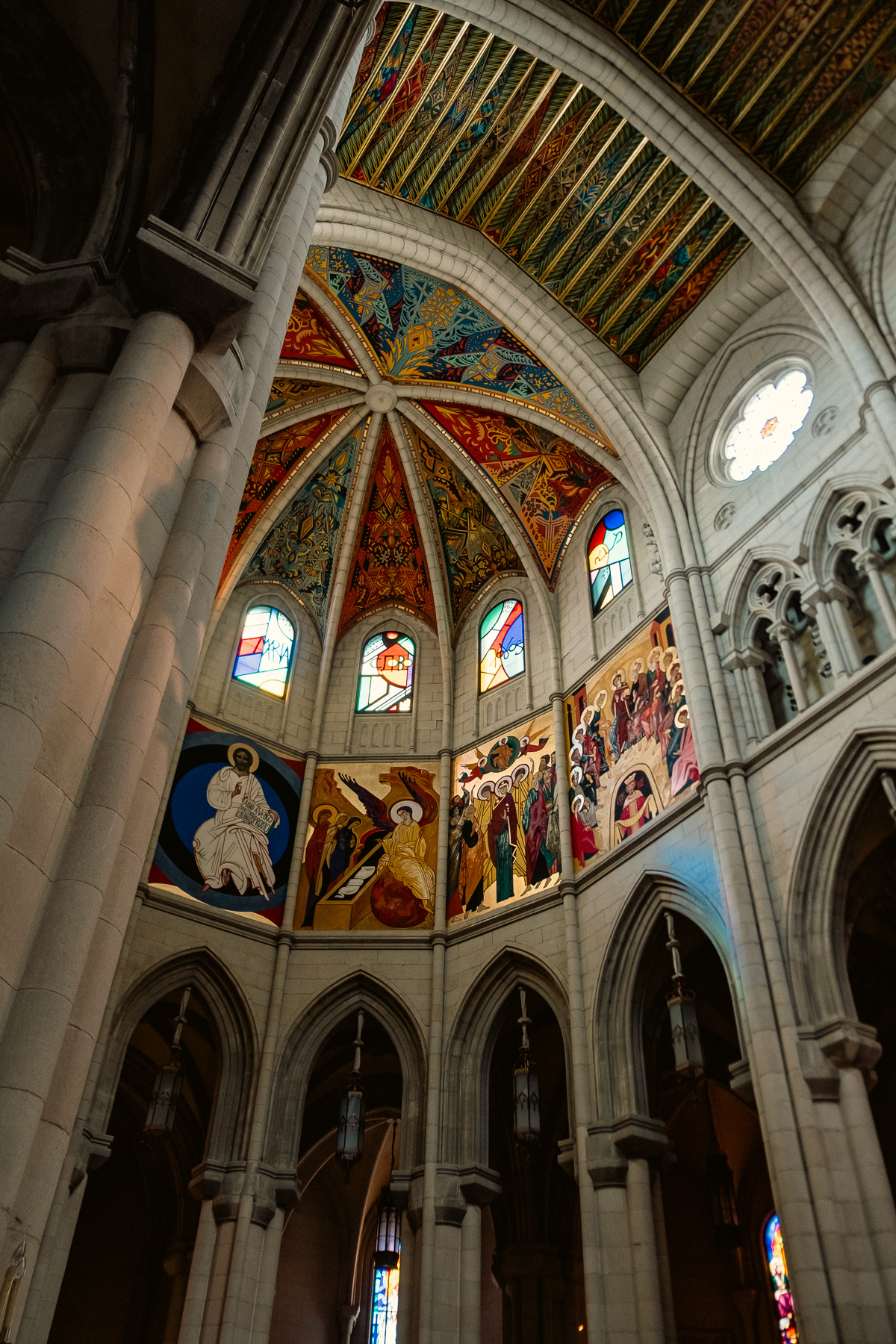
Relatively modern interior of the cathedral.

Details of the reliefed bronze front doors to the cathedral.
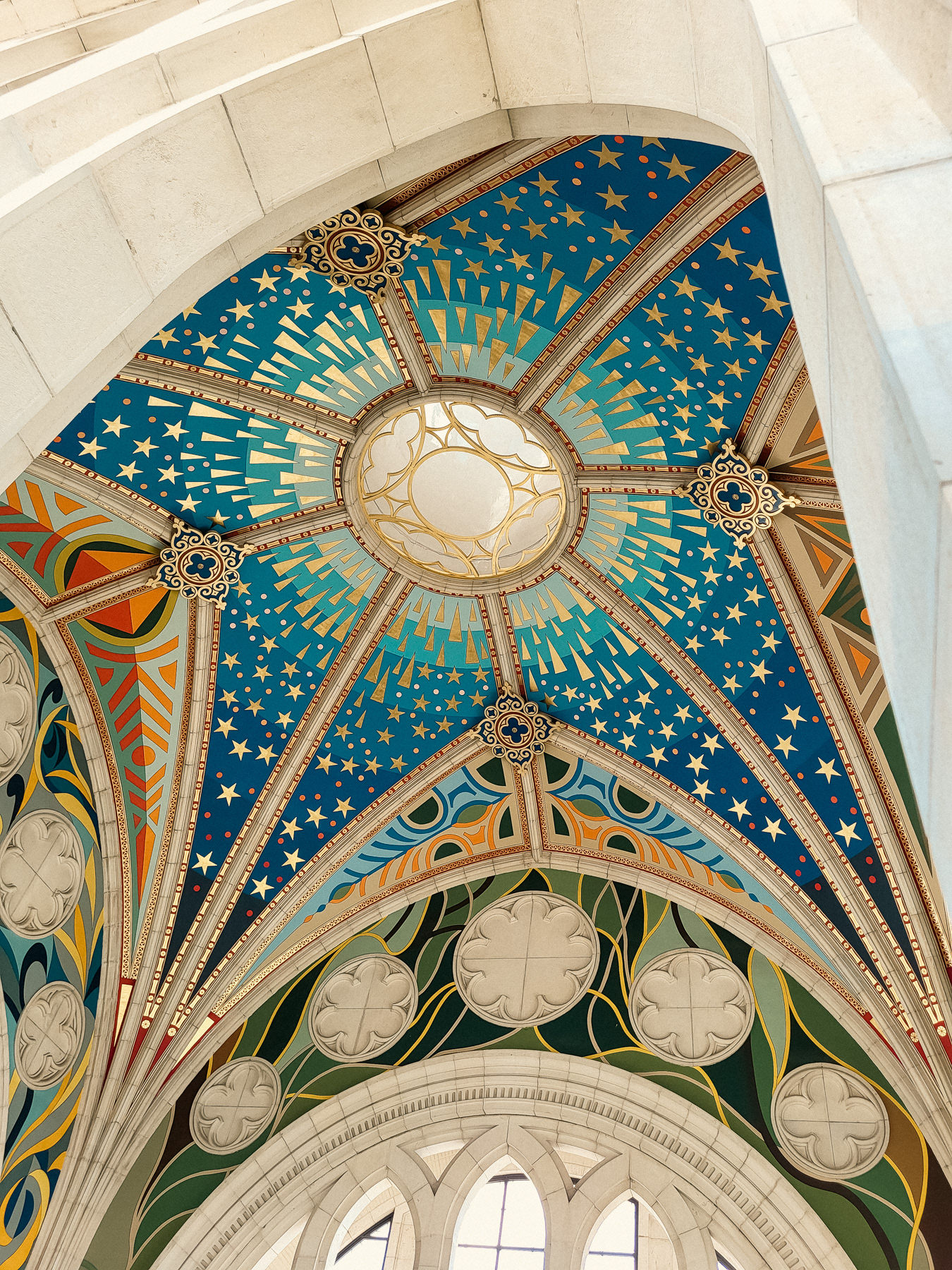
The top of the dome on the inside.
View to the east over the rooftops of Madrid from the cathedral's rooftop terrace.
View to the north from the rooftop terrace of the Almudena Cathedral. Notice the snowy mountains seen in mid-March. The shiny silver towers are part of the Príncipe Pío railway station.
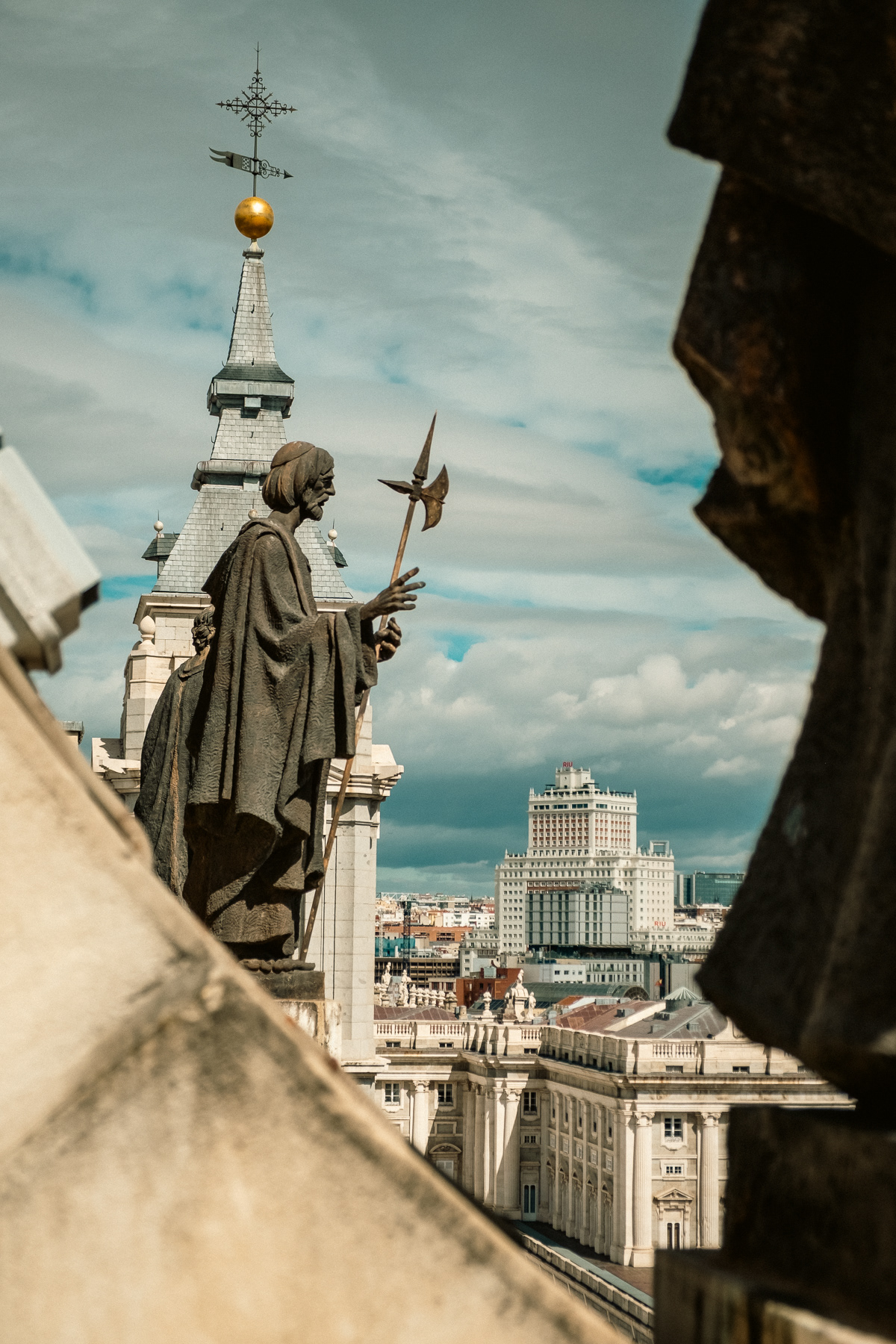
Note the Edificio España (Spain Building) in the near distance.
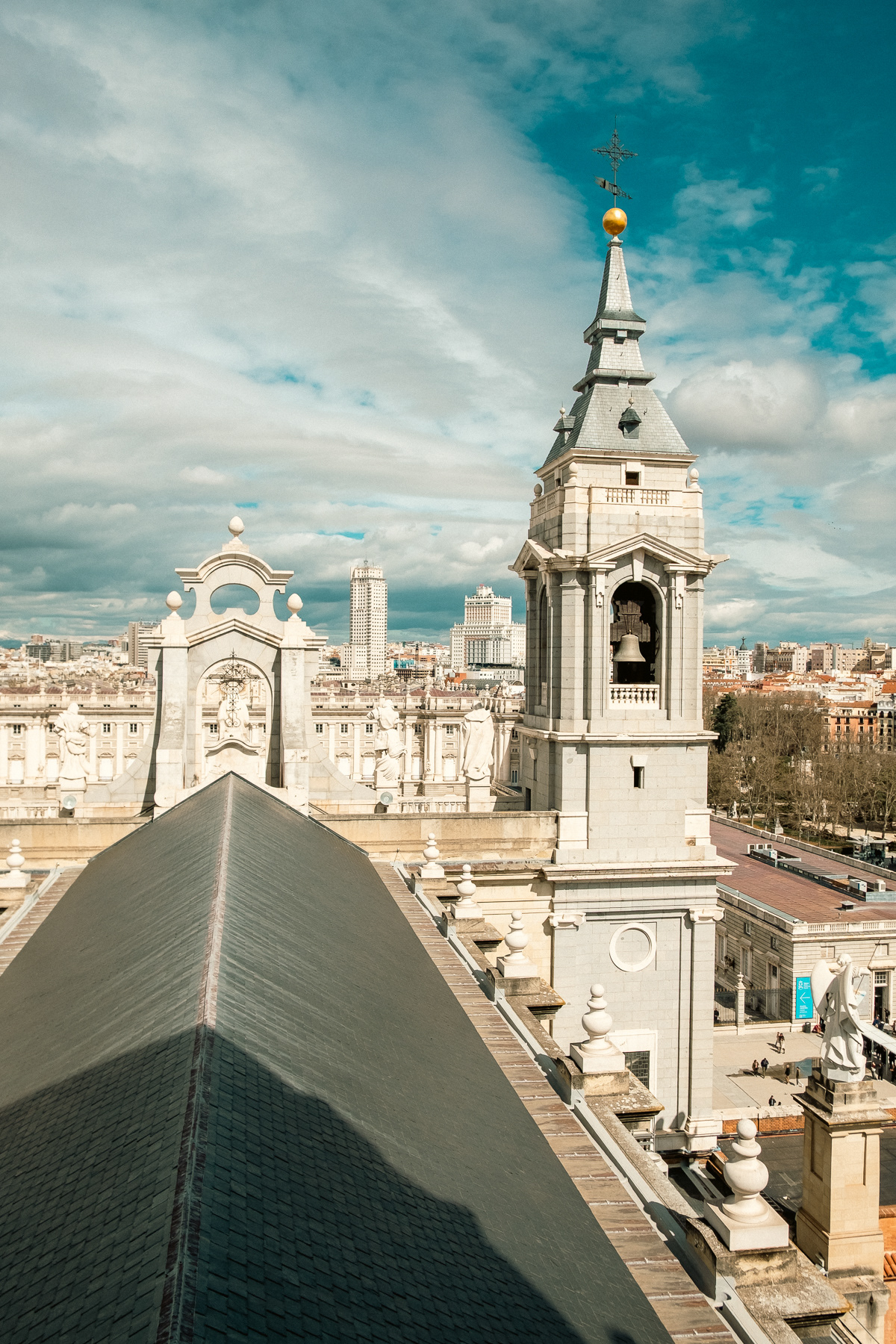
Note the Edificio España and the higher Torre de Madrid in the near distance.
View to the south from the rooftop terrace of the Almudena Cathedral. The dome structure on the right is the Real Basílica de San Francisco el Grande (Royal Basilica of Saint Francis the Great).
The Palacio Real de Madrid seen from the rooftop terrace of the adjacent cathedral.

Plaza de la Armería as the square basically looks since 1892.

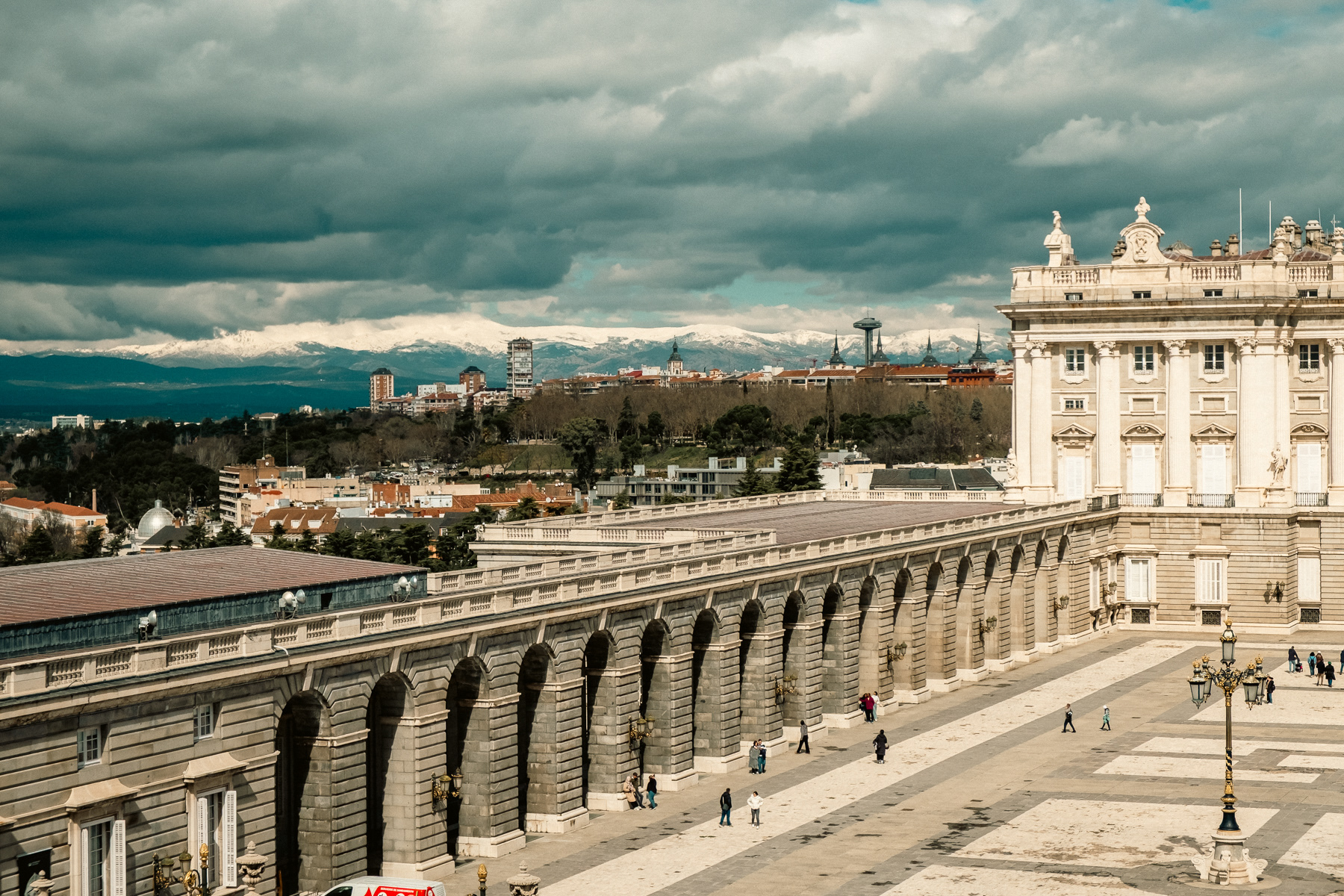
One of the support arches of the Segovia Viaduct.
The Segovia Viaduct seen from the rooftop terrace of the nearby cathedral.
A trumpet / guitar player lights up the viewpoint with music. The Aldmudena Cathedral cannot be missed from here.
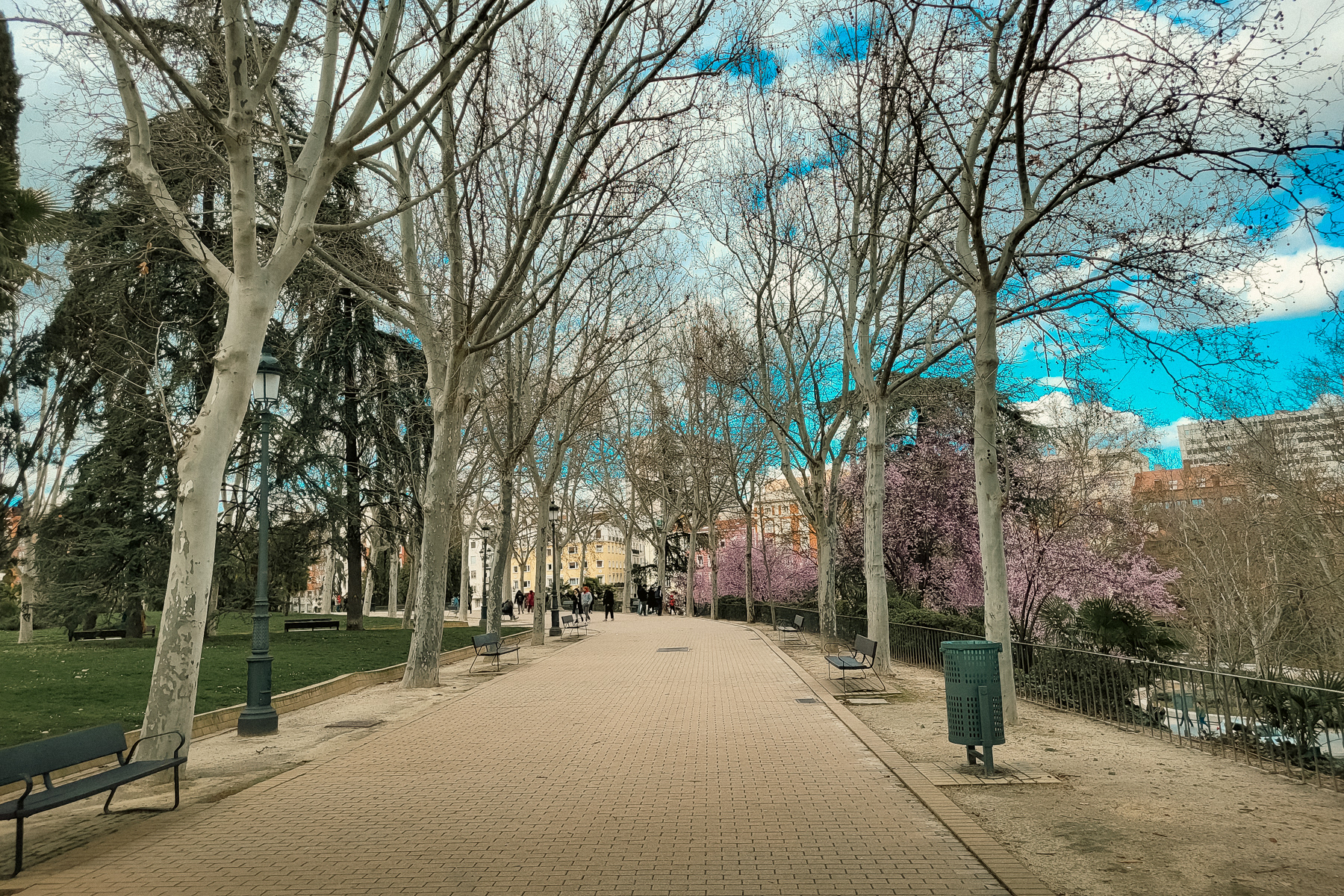
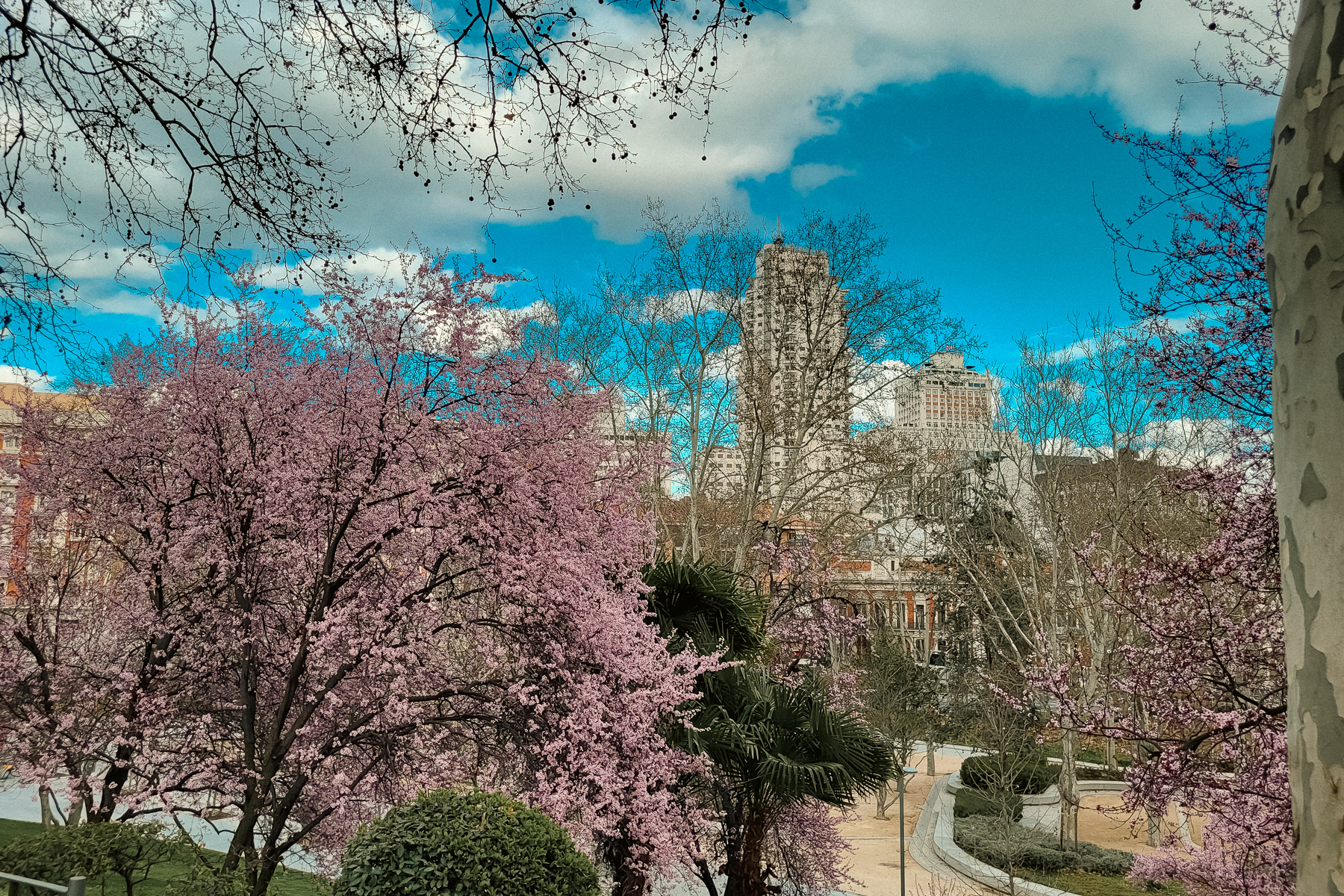
View at Torre de Madrid and Spain Building from Parque del Oeste
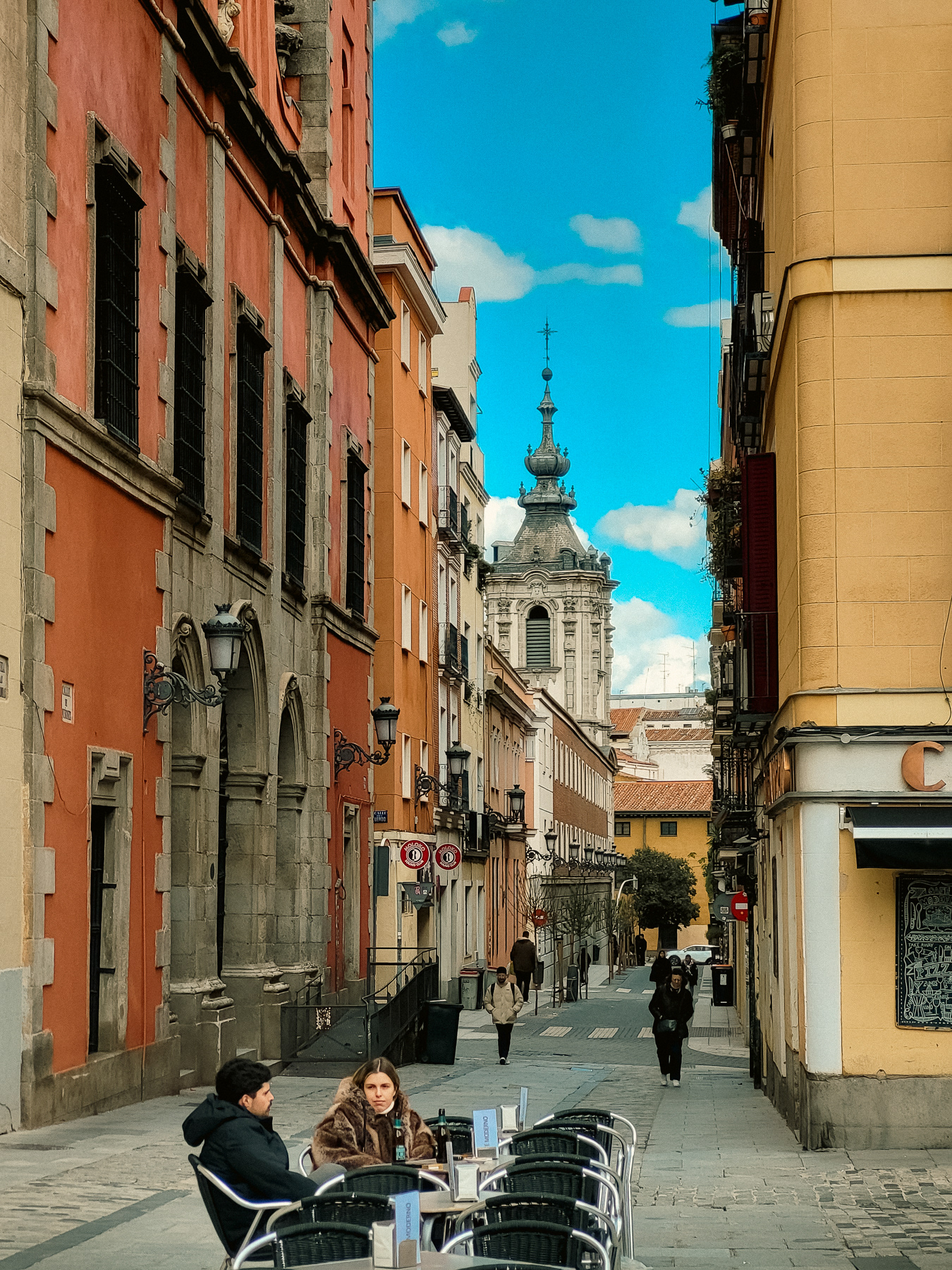
Calle de Quiñones seen from Plaza de las Comendadores
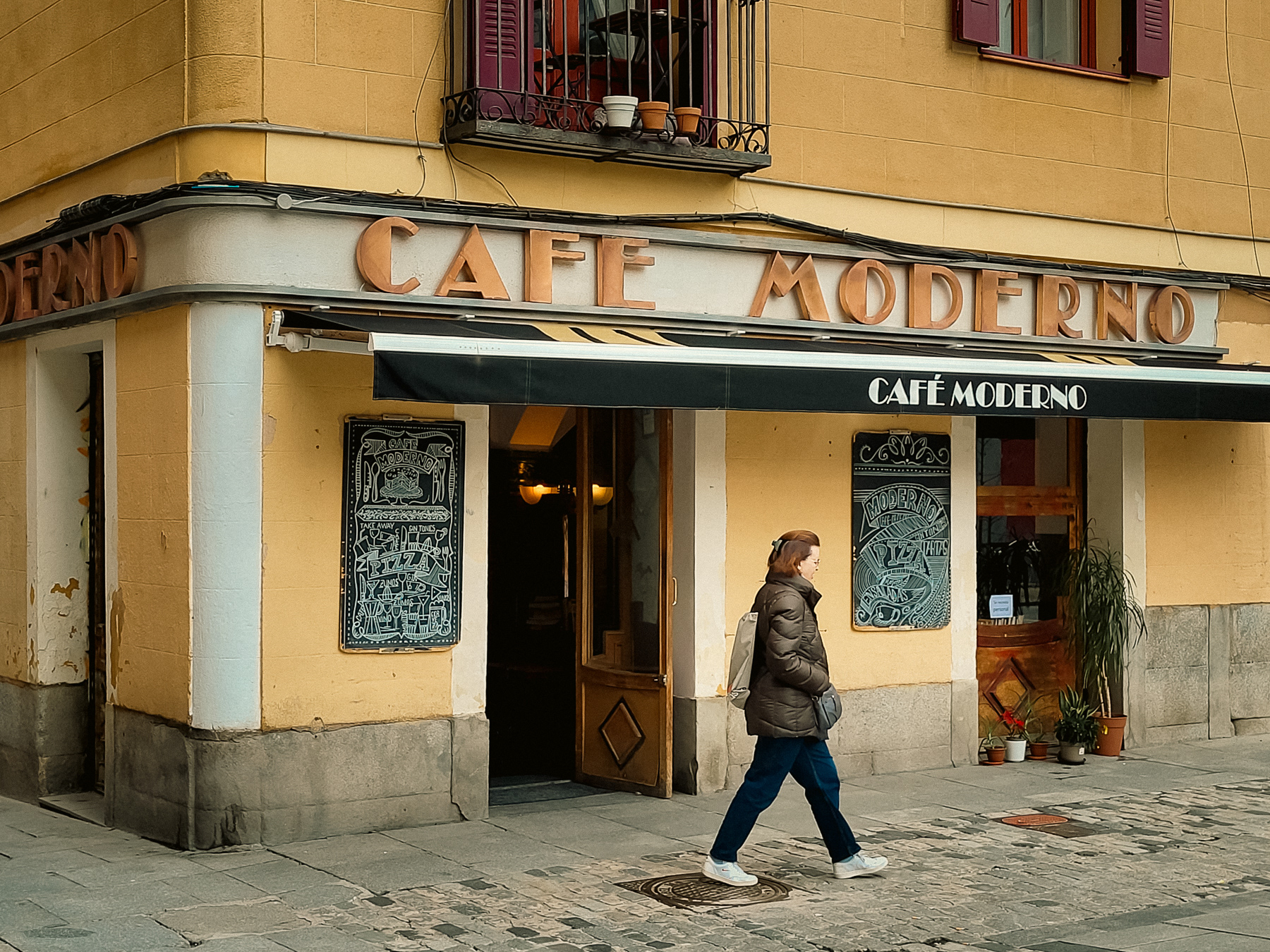
Café Moderno at Plaza de las Comendadoras, used by Spanish director Pedro Almodóvar as a film set in Madres Paralelas.
Plaza del Dos de Mayo.
View from the side up to the top of the Torre Picasso. Circolo Populare is the wine and food place on the side of the building.
Front view of the Torre de Picasso. Notice the security guard in the lobby.
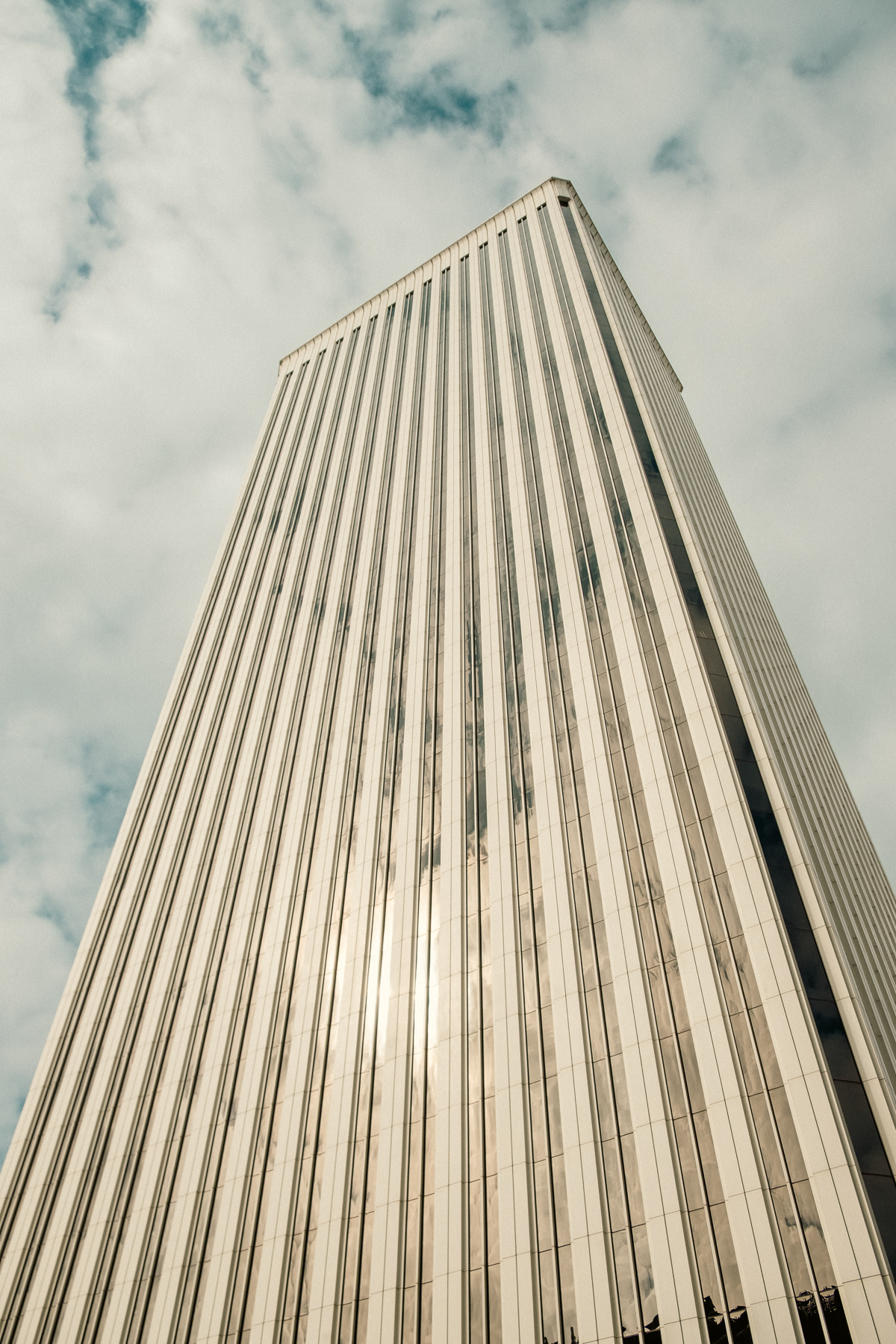
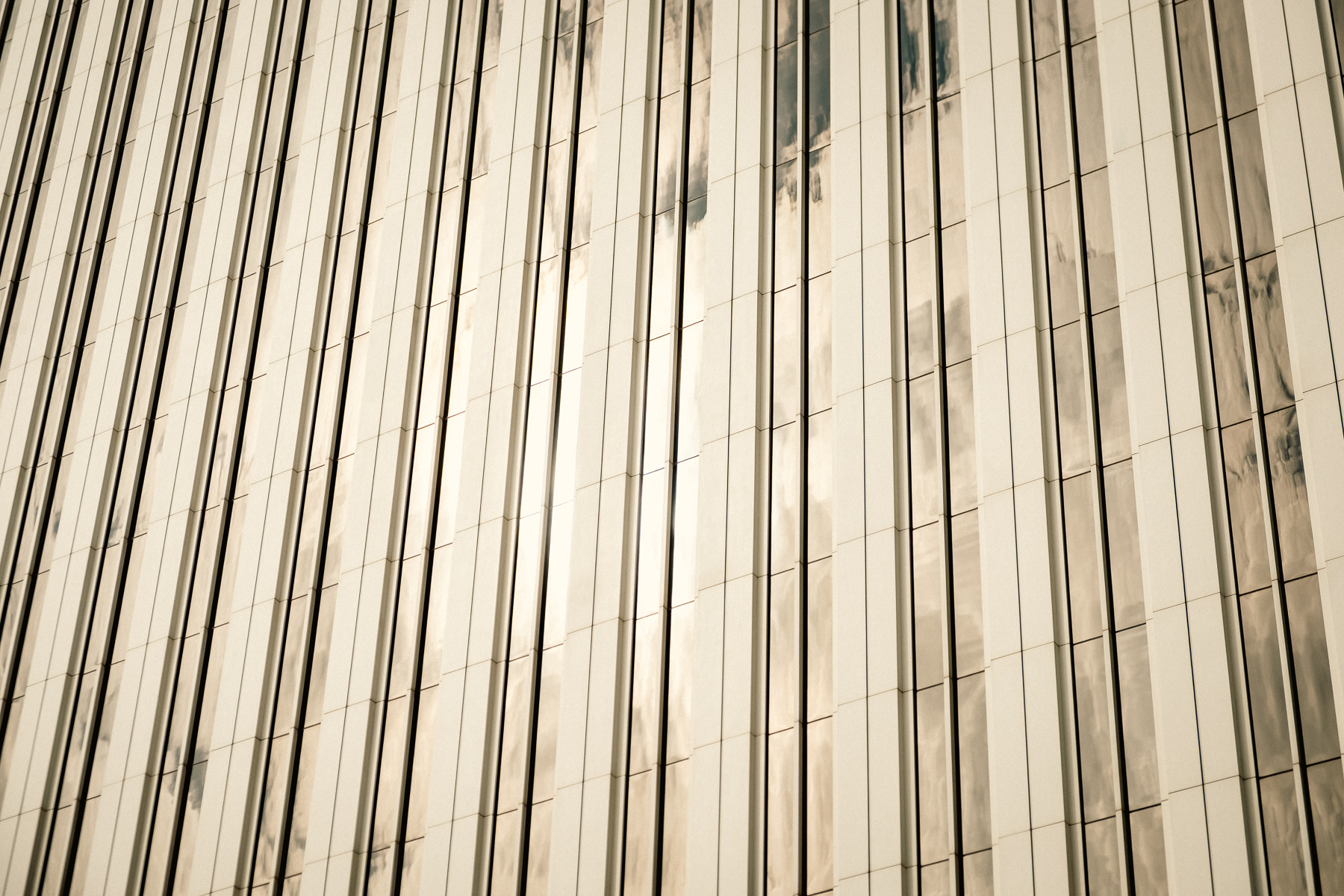
Detailed view of the aluminium and windows on the outside of the building.
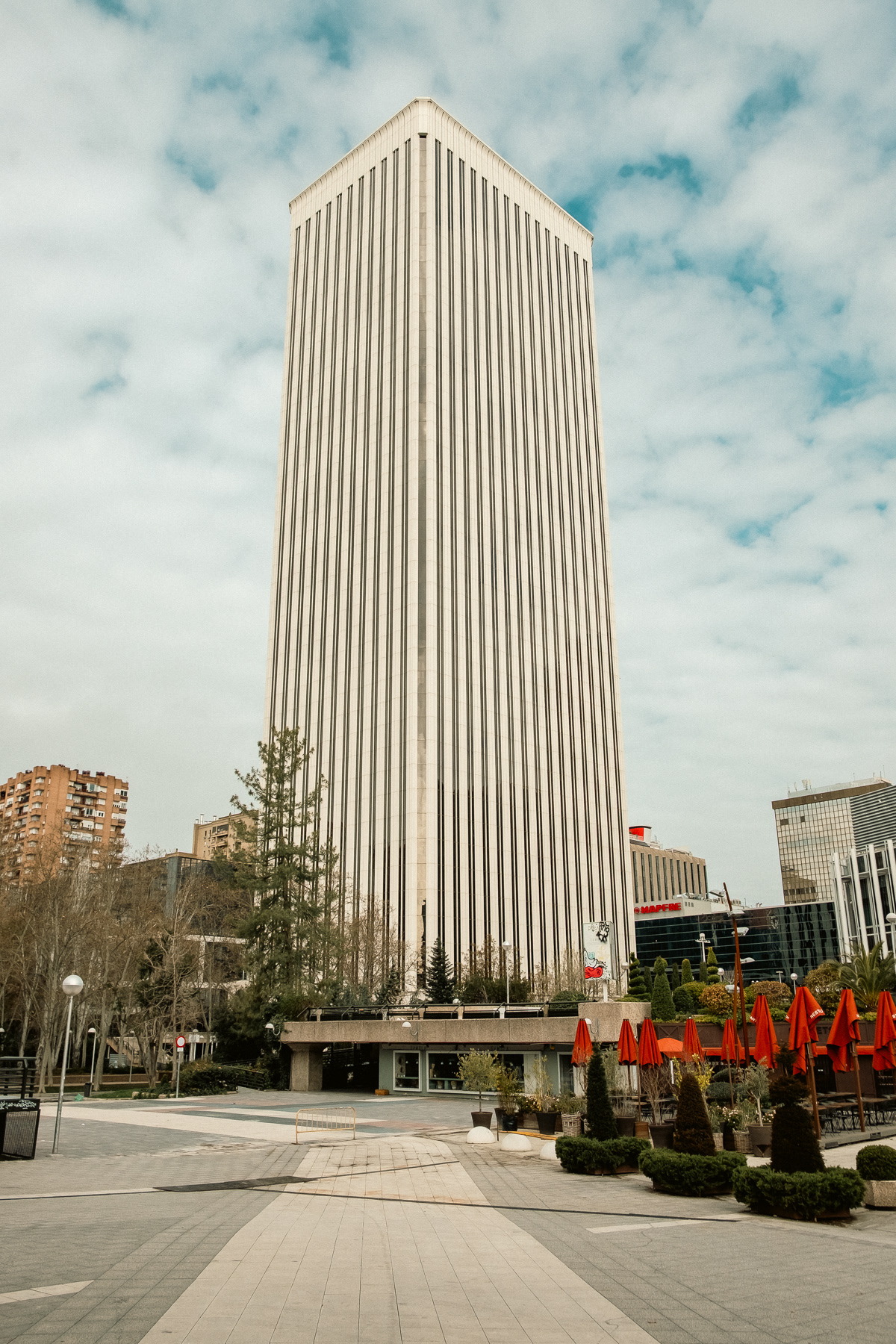
The Torre Picasso in its Azca 'habitat'
Plaza Castilla with the Realia towers, a giant gold-coloured needle and the monument for José Calvo Sotelo. The killing of this politician in 1936 led to a military coup and subsequently the Spanish Civil War.
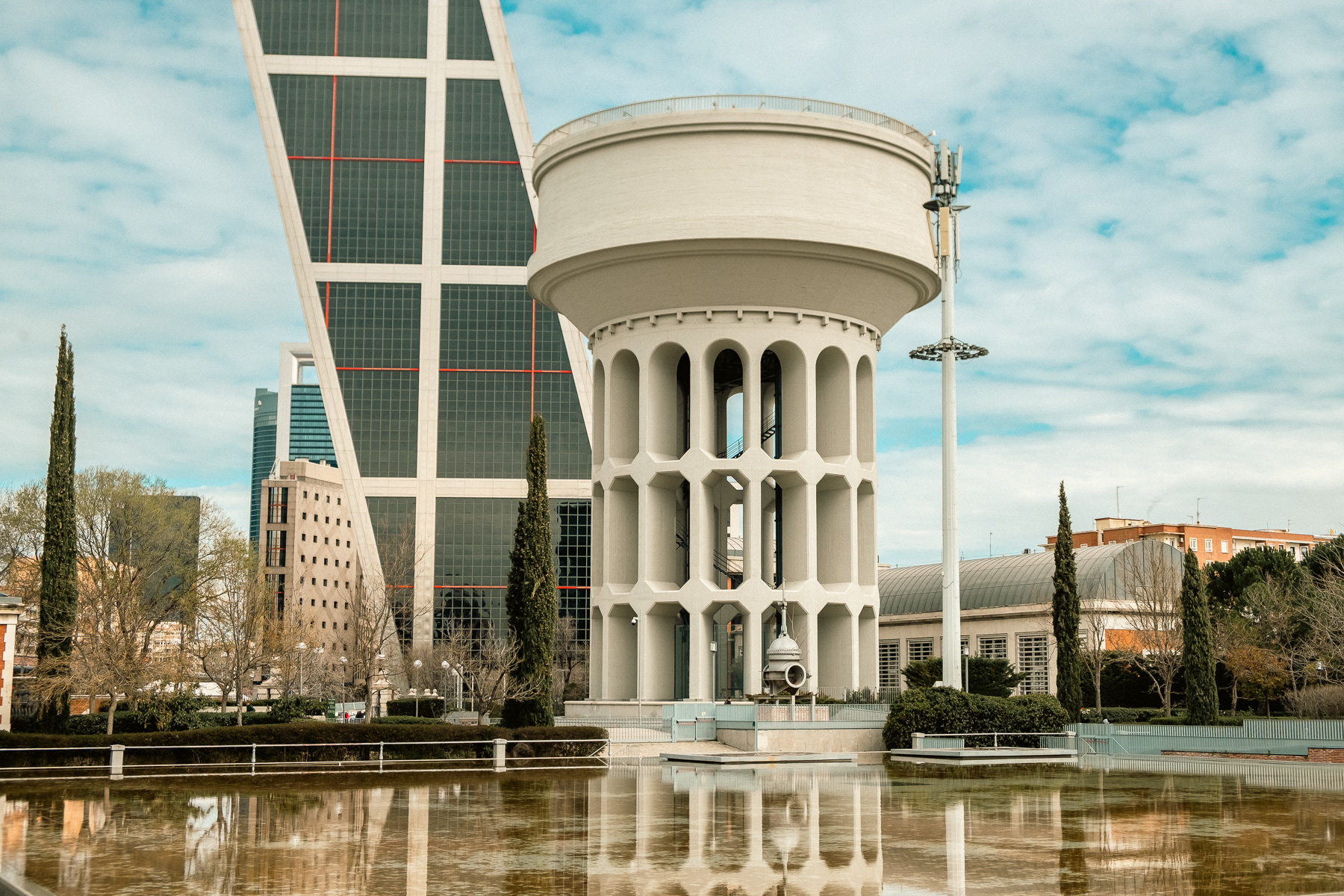
Also at the Plaza Castilla is a beautiful constructed water tower ...
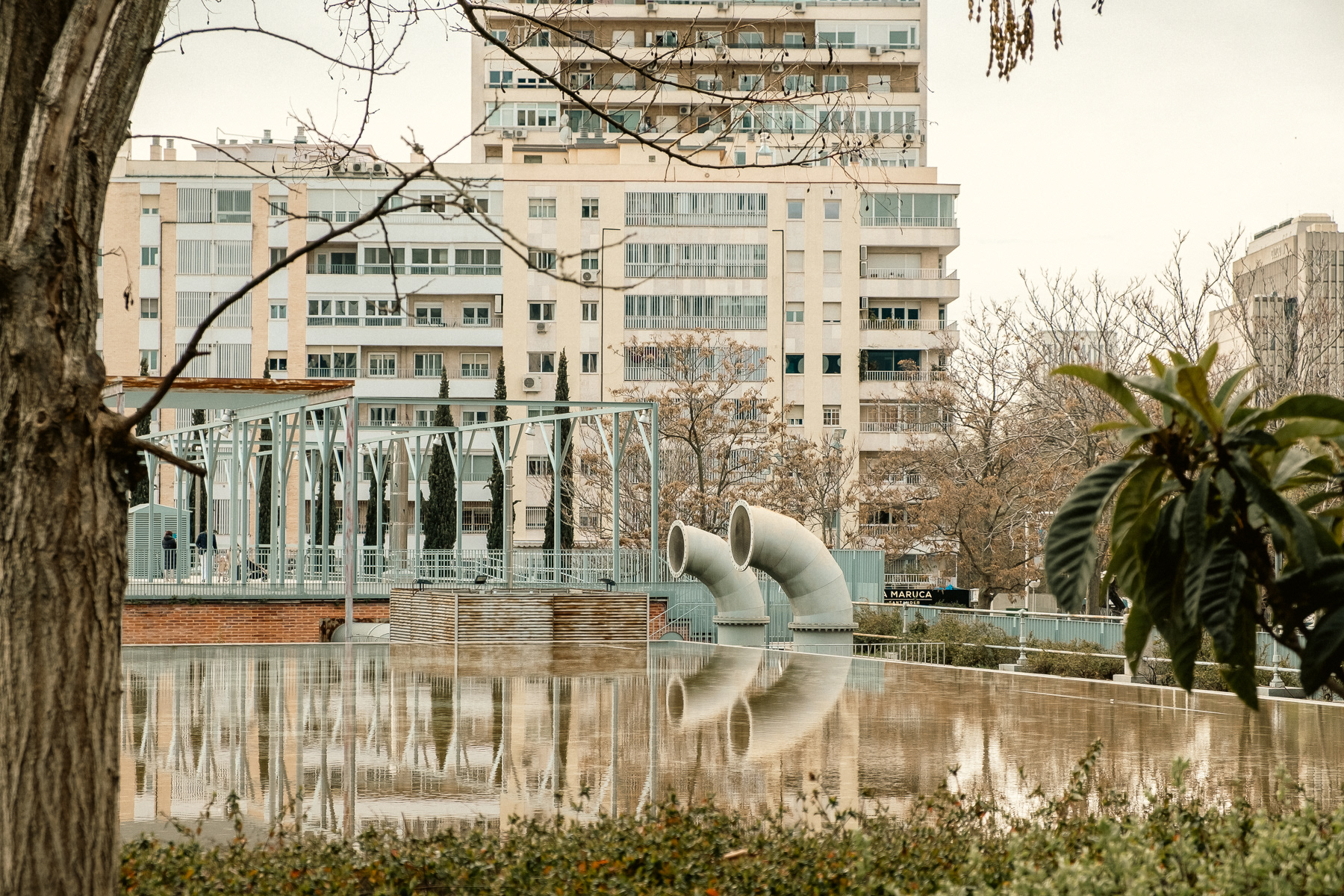
... and the Canal Isabel Il waterworks.
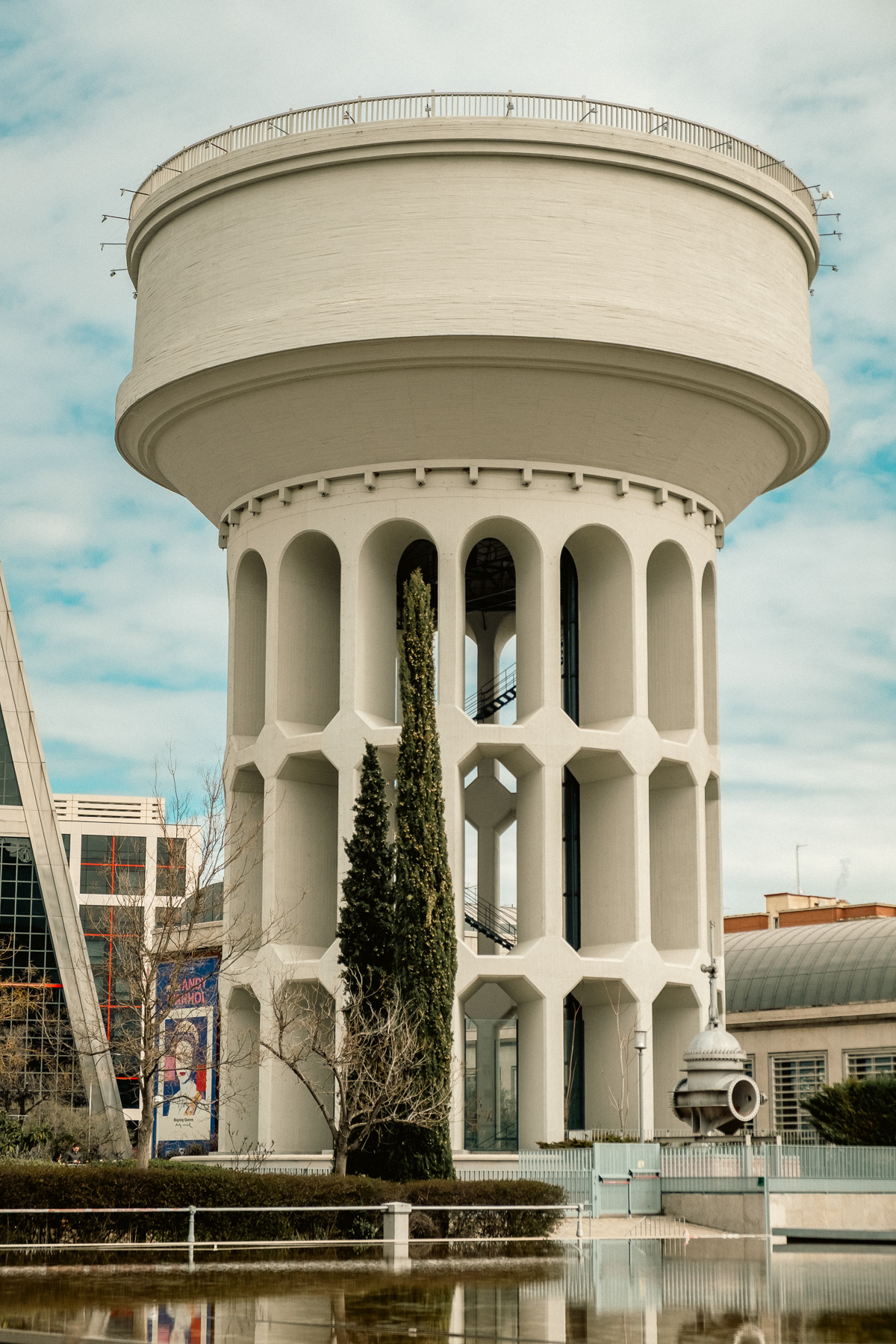
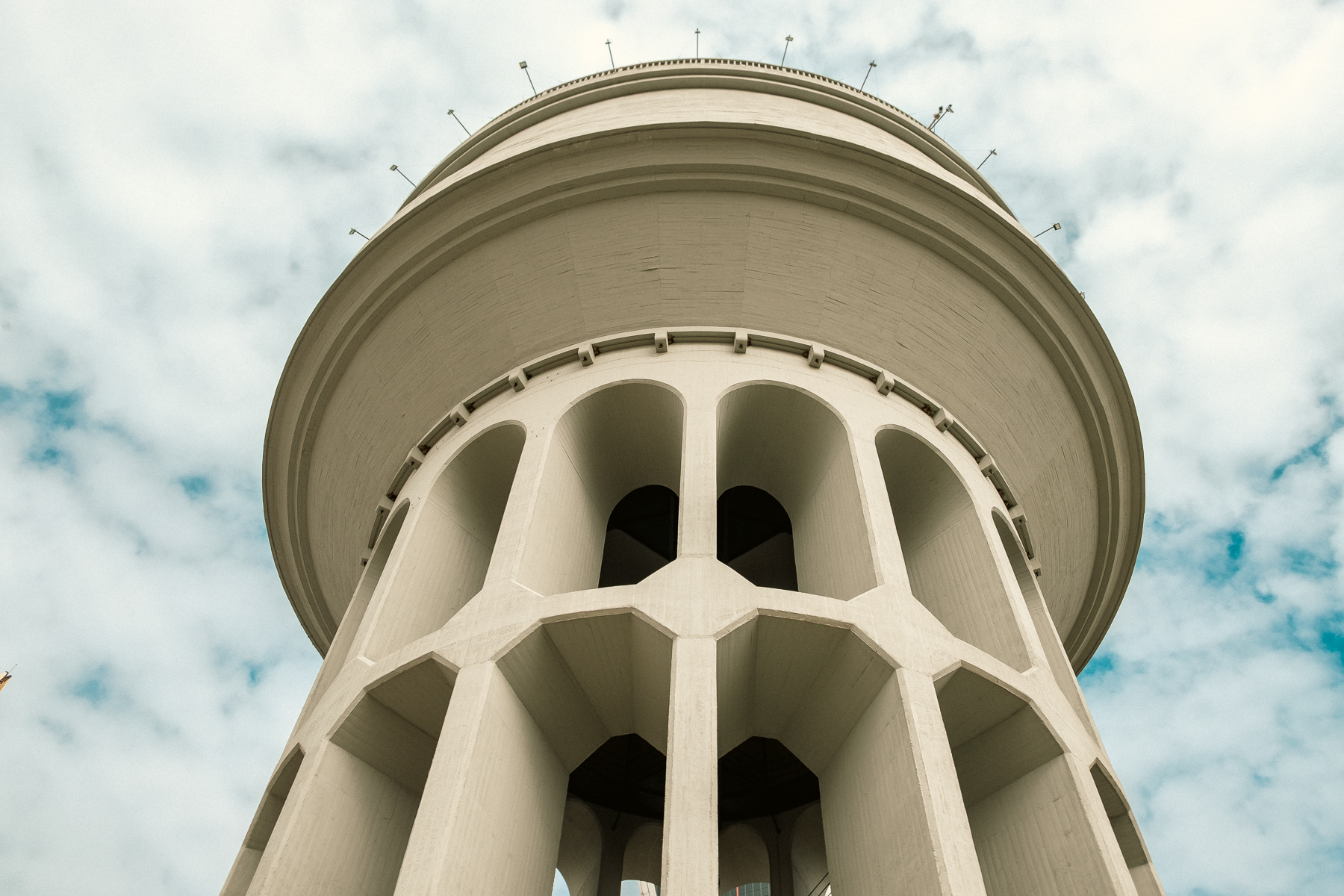
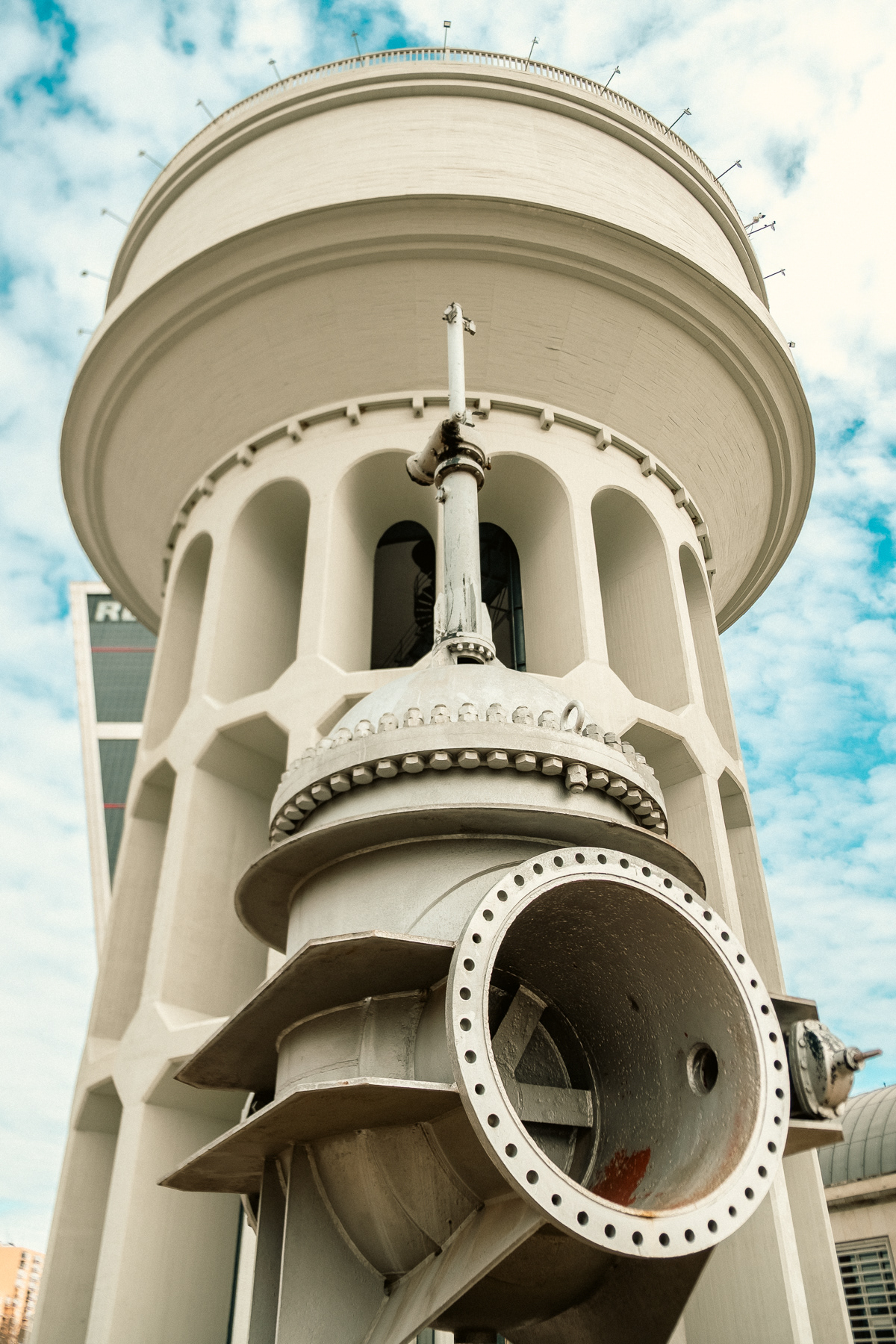
A historic valve of the water works of Madrid.
